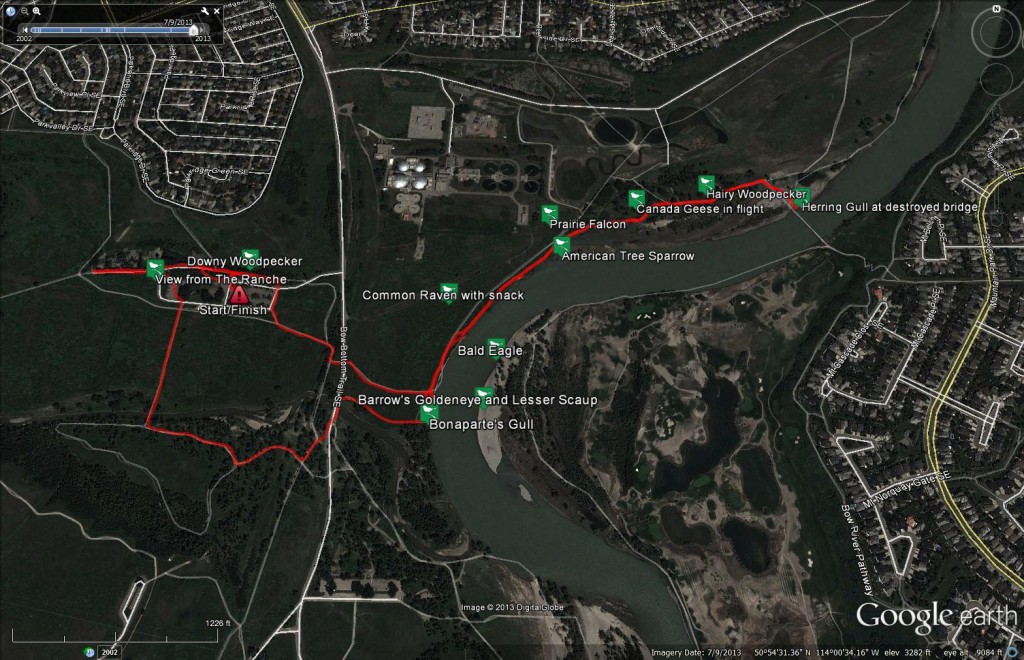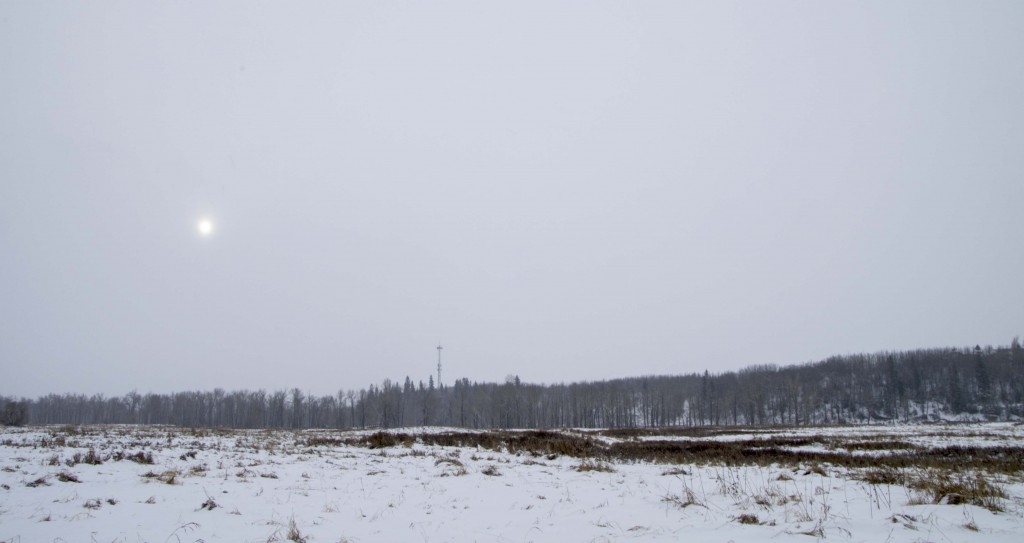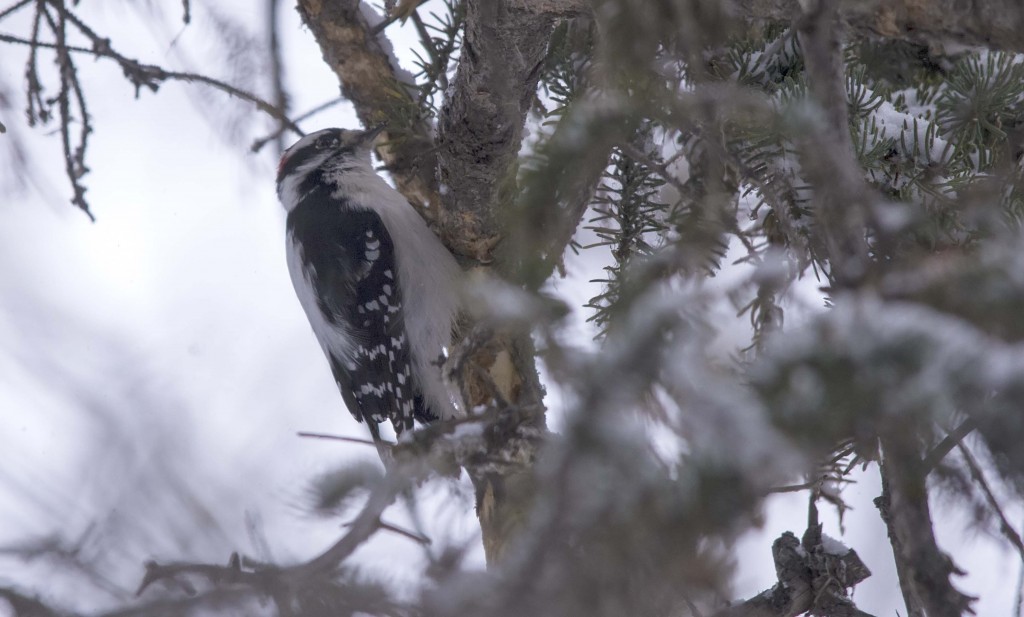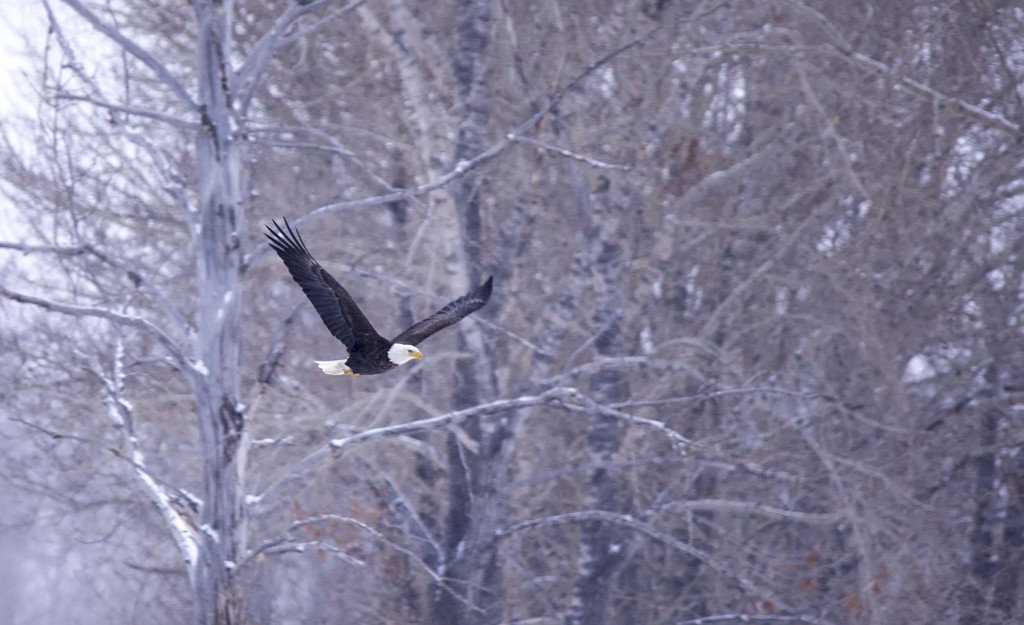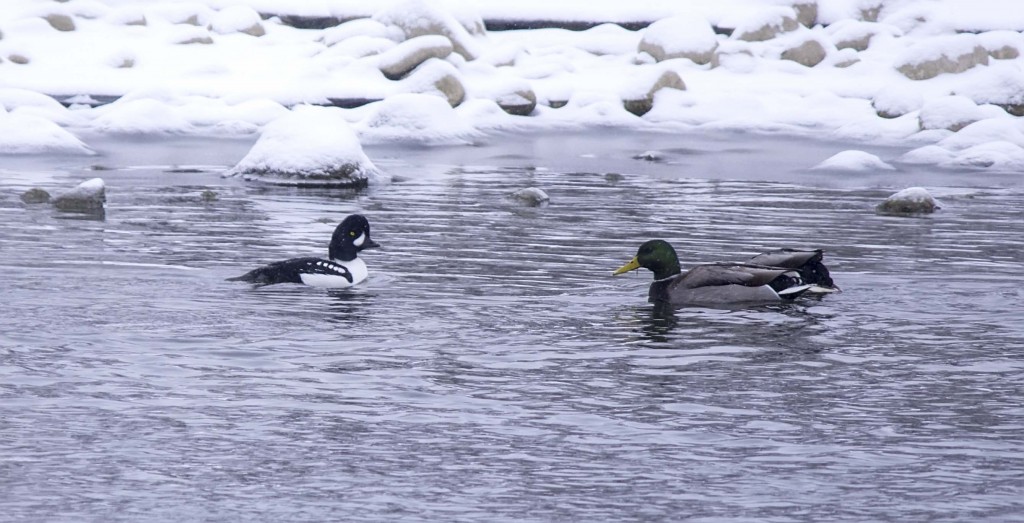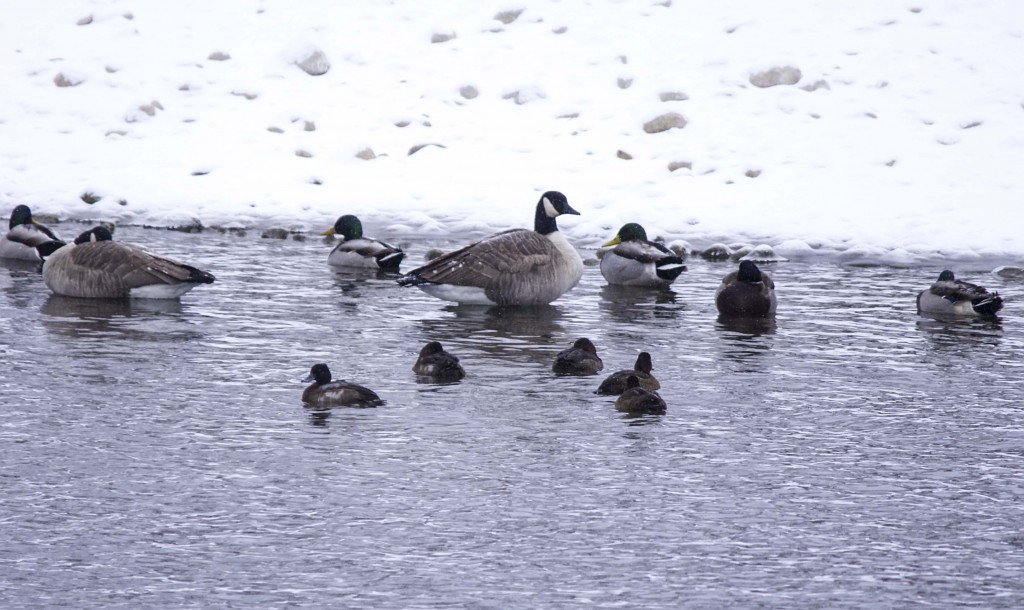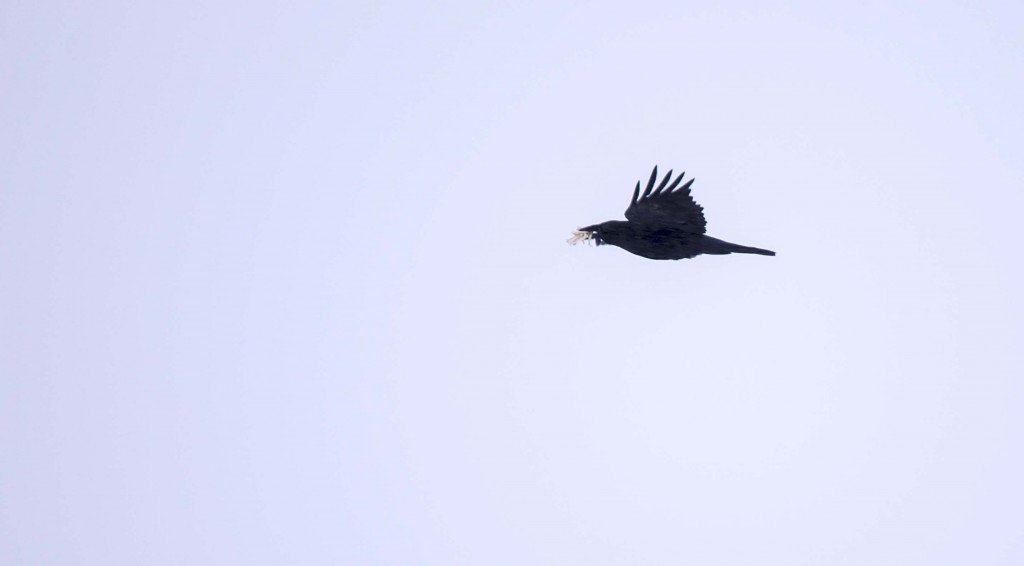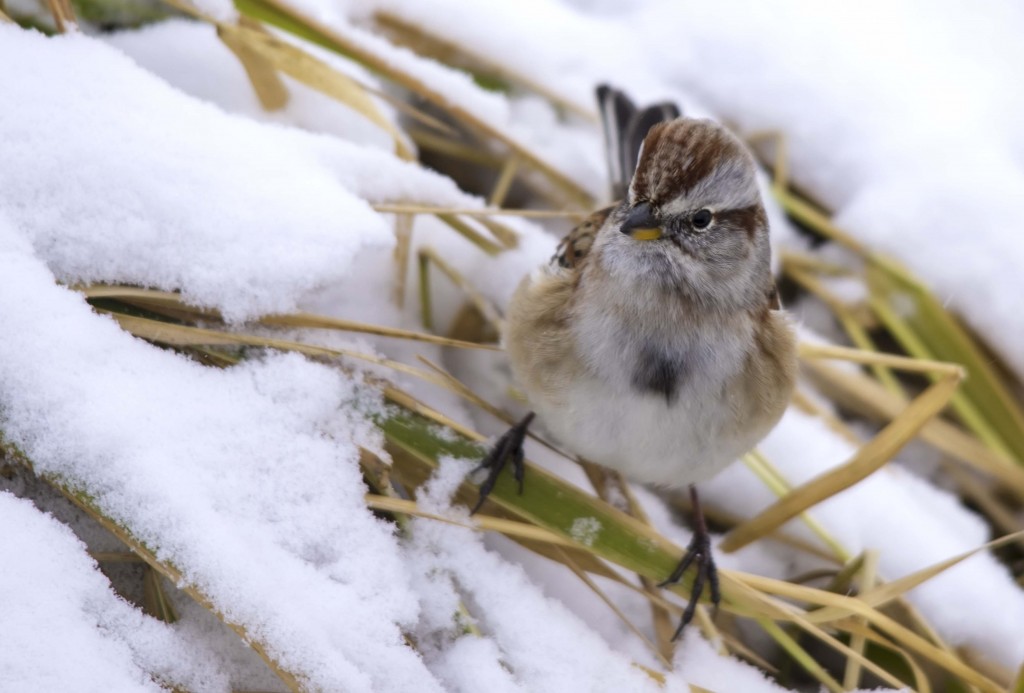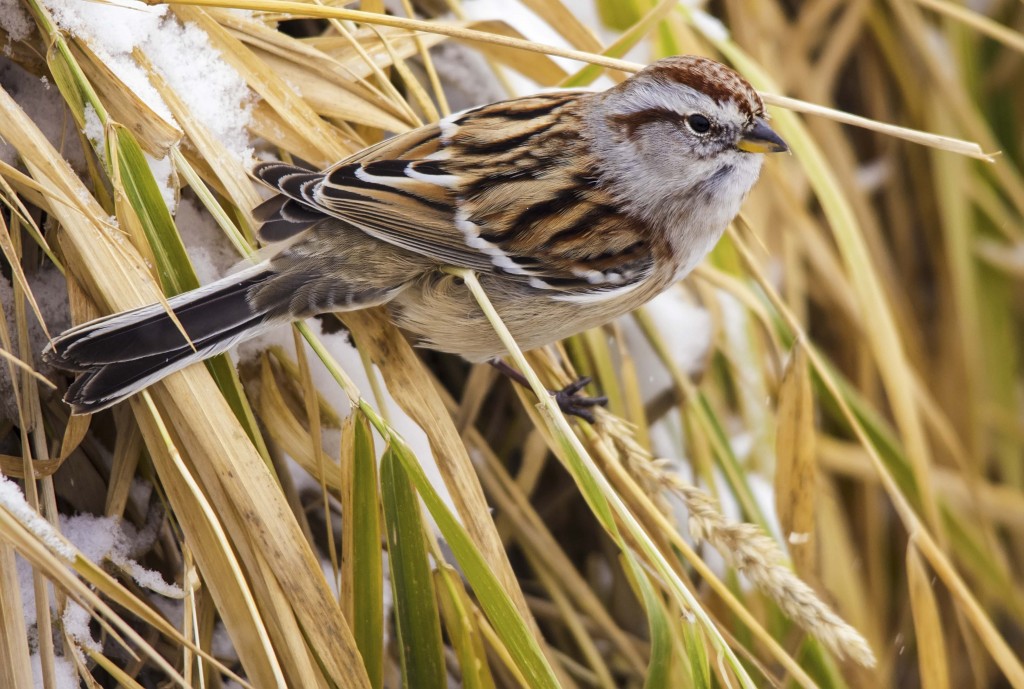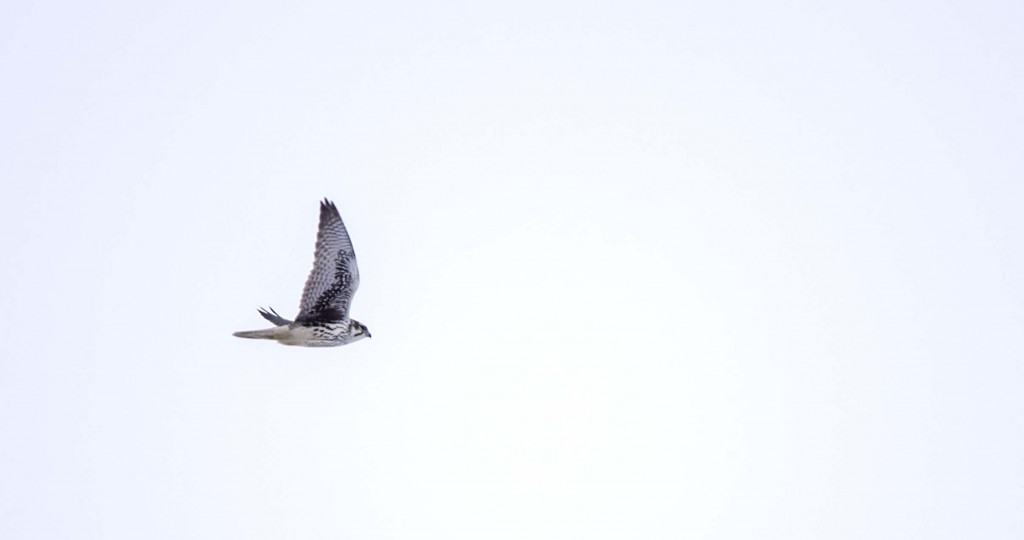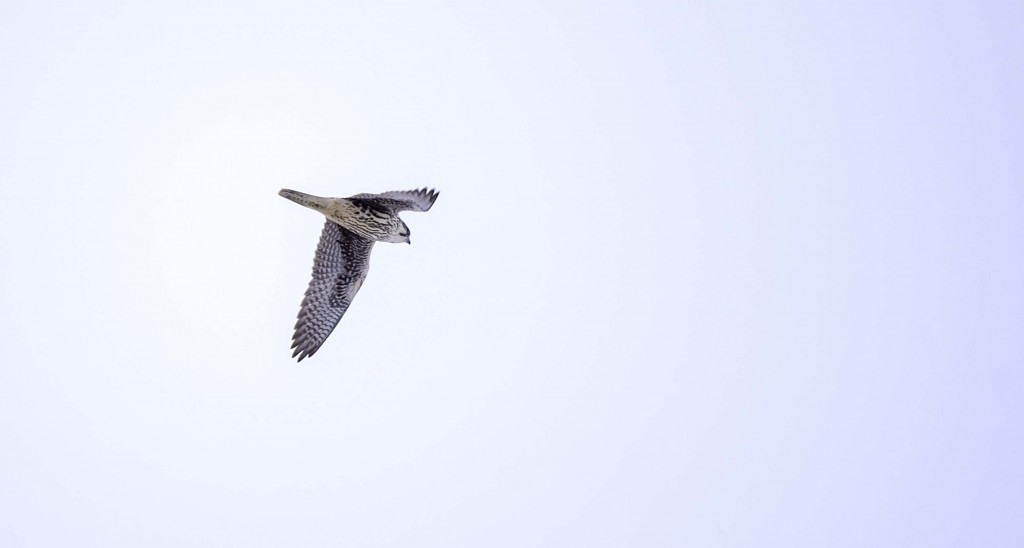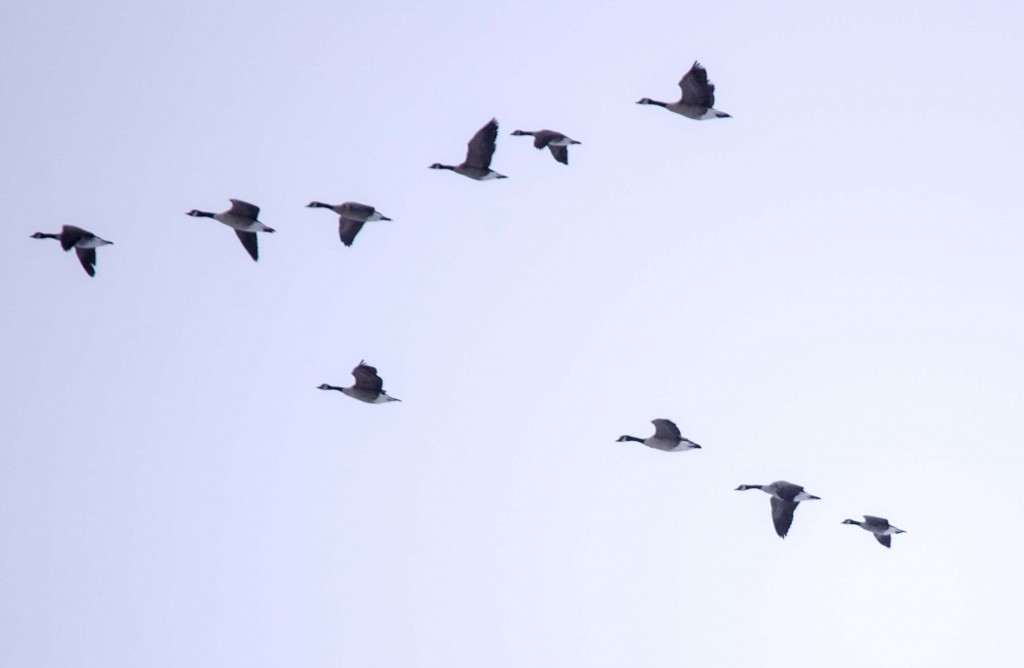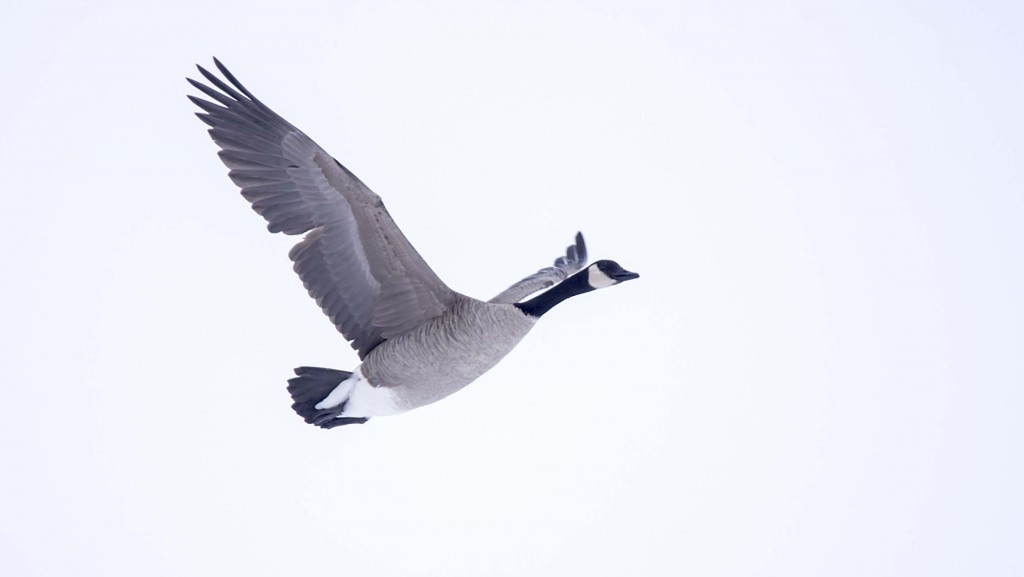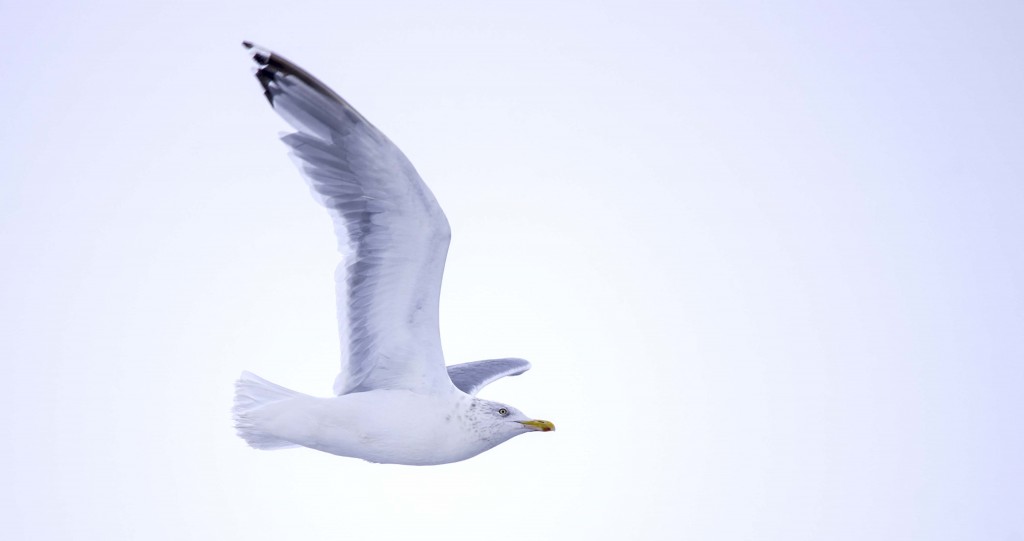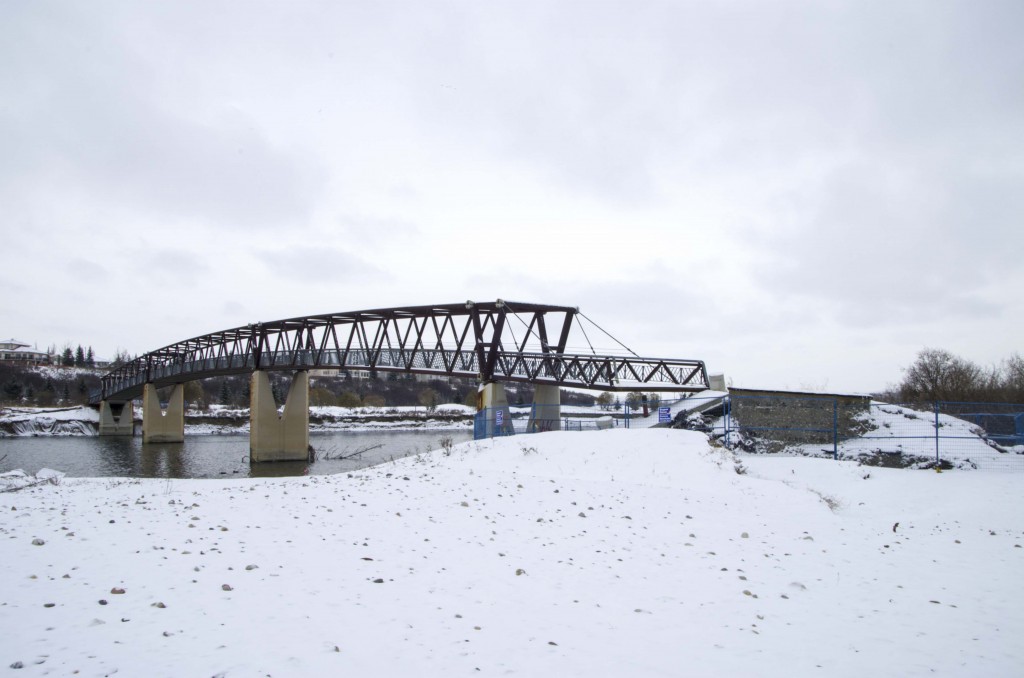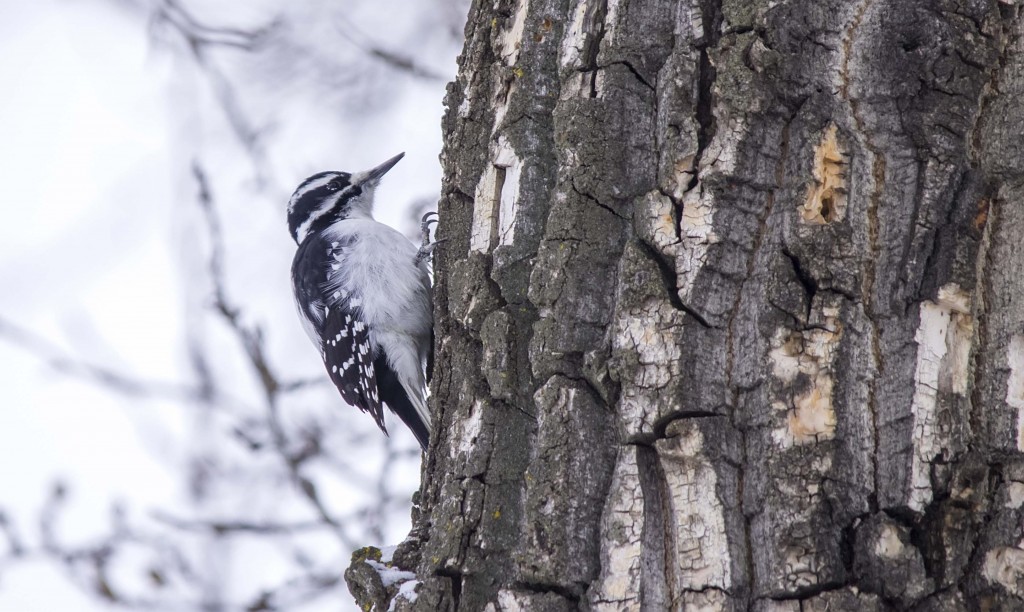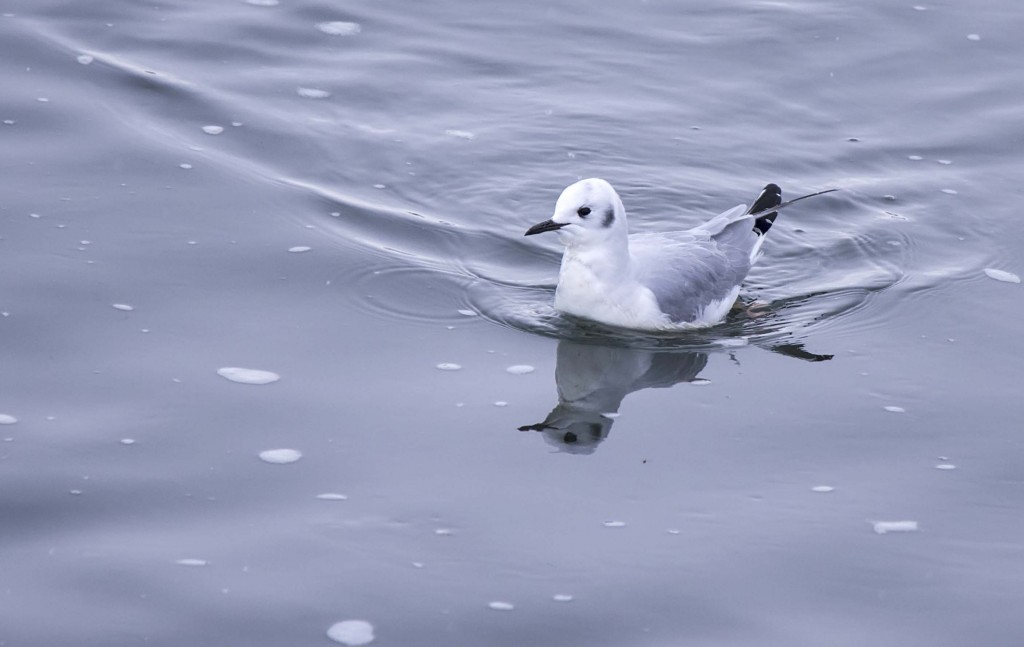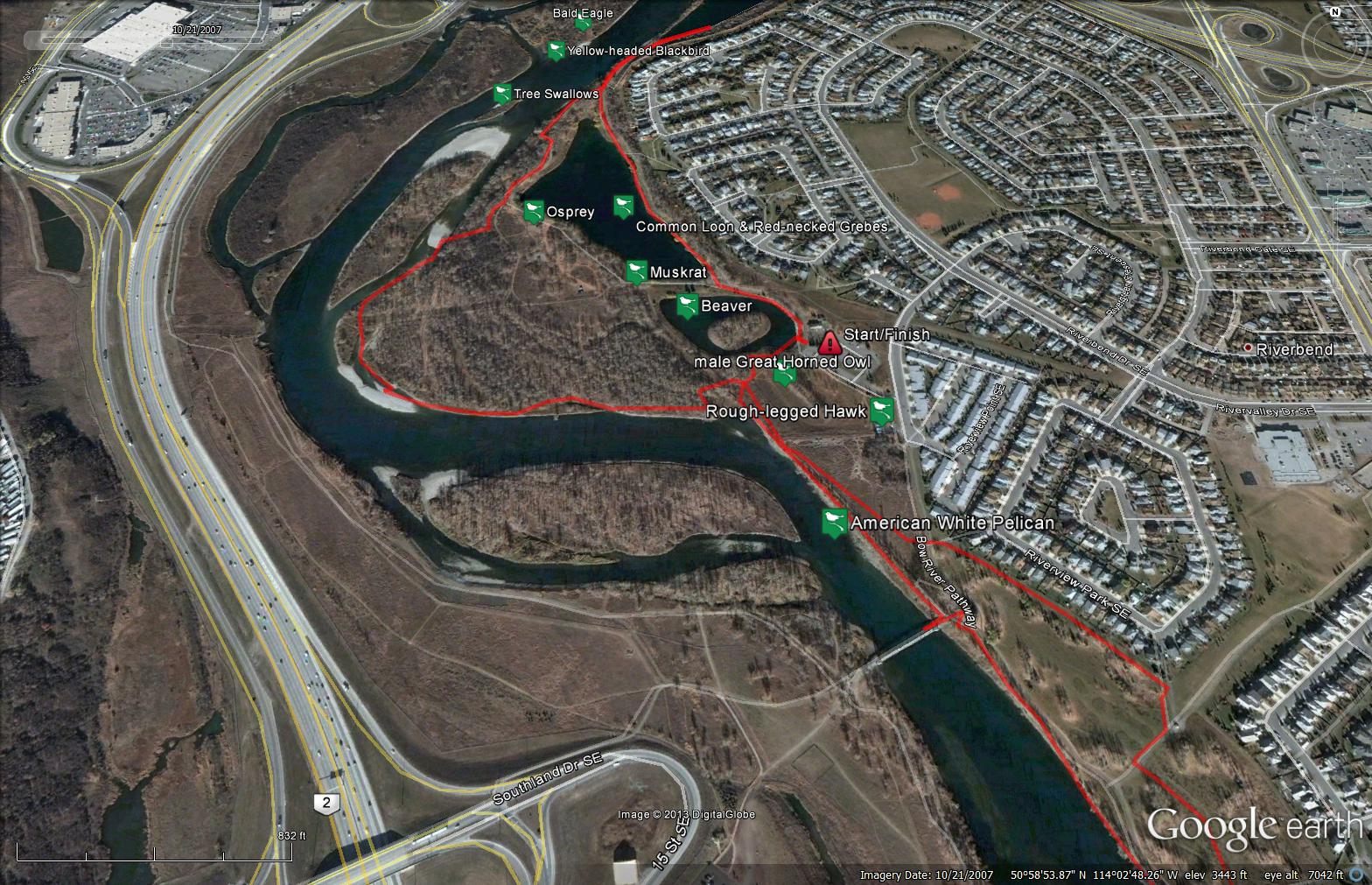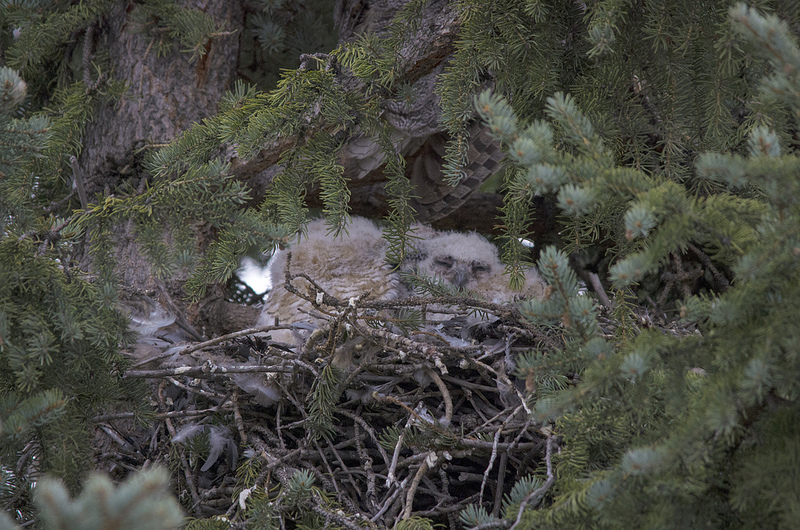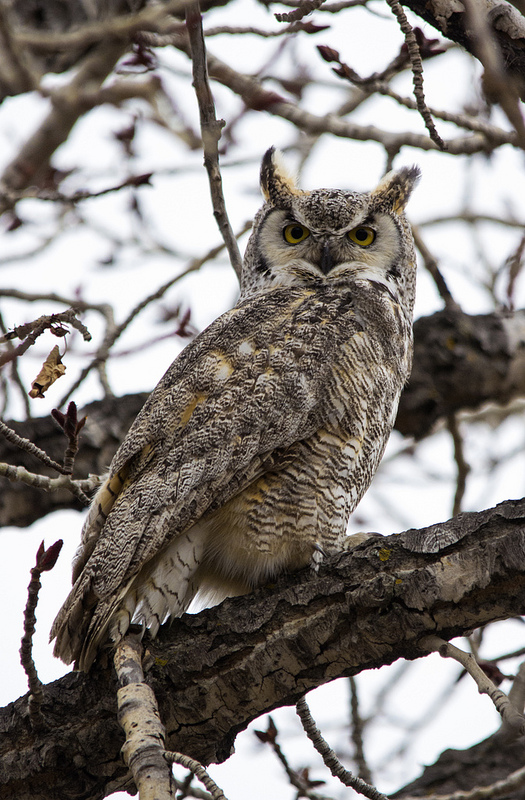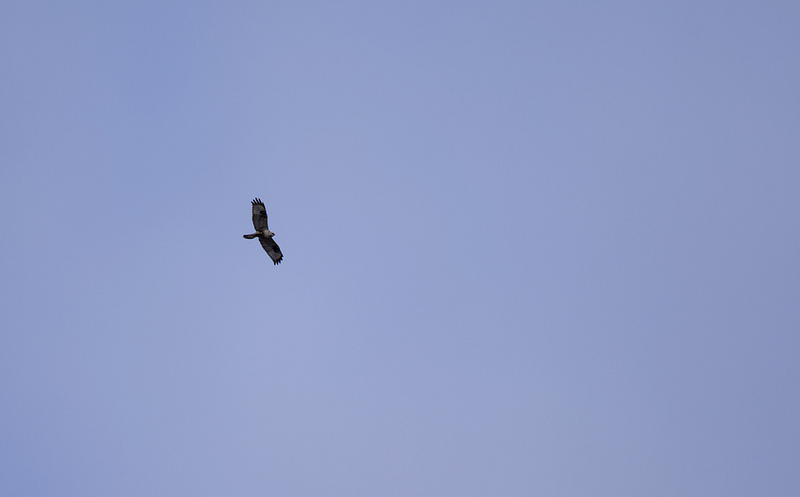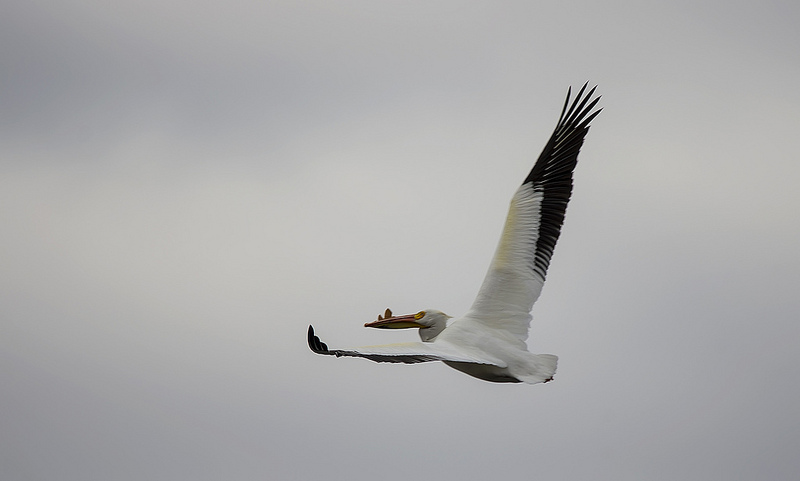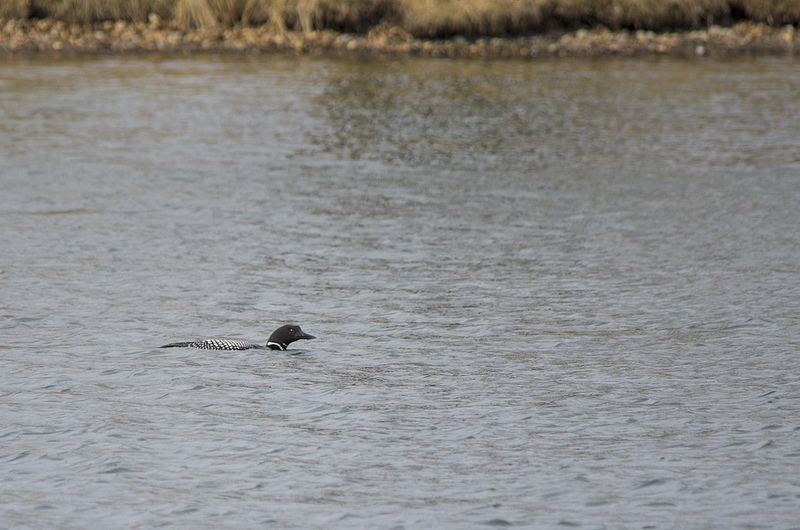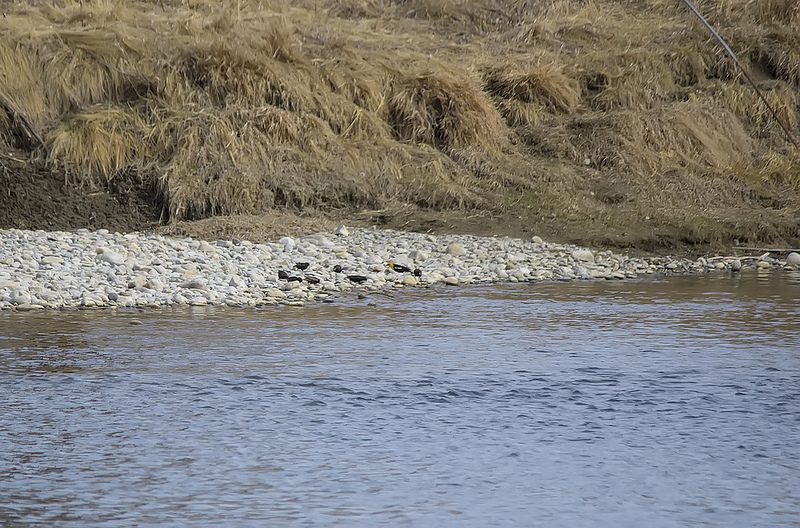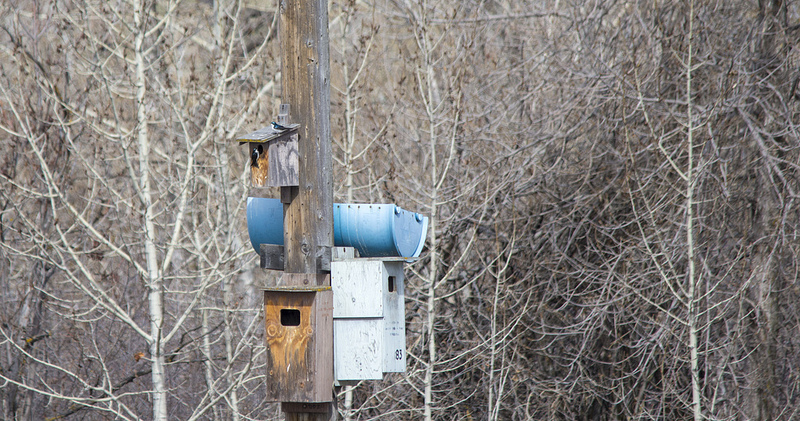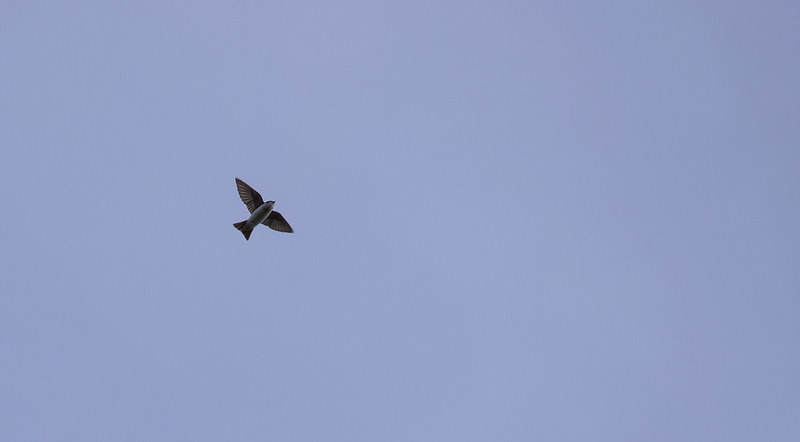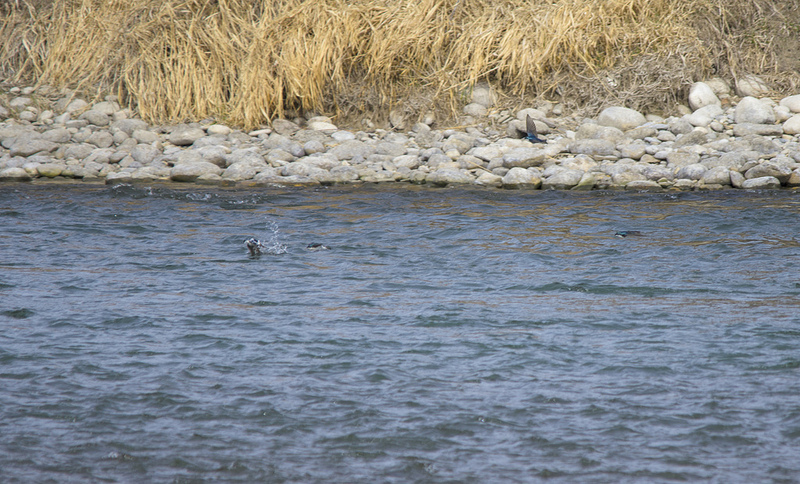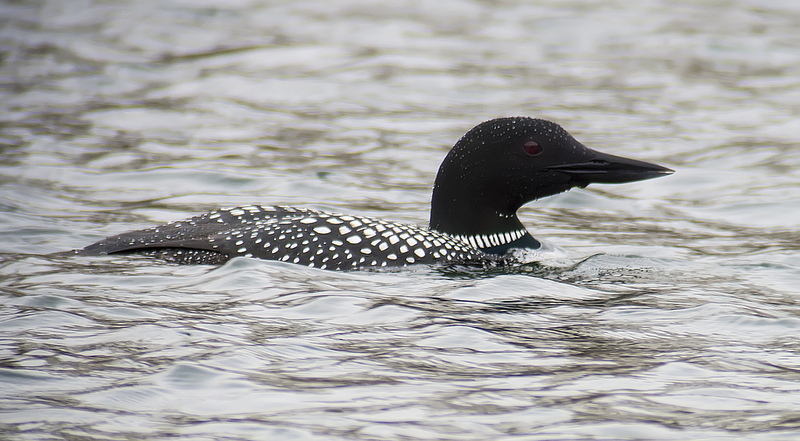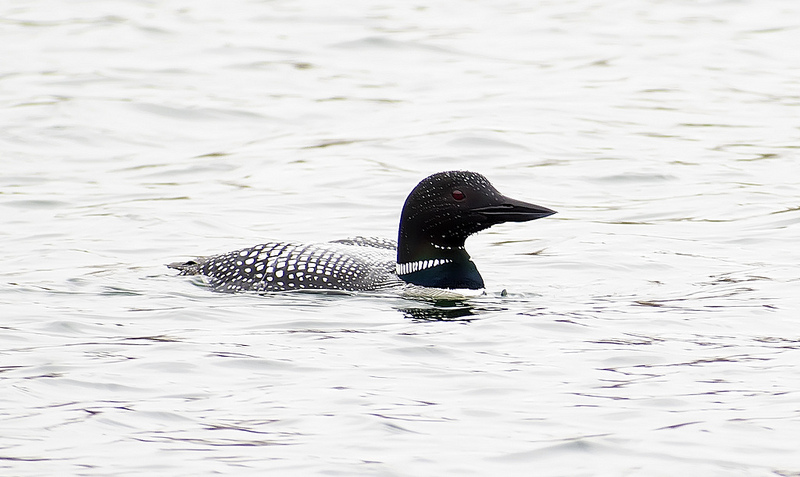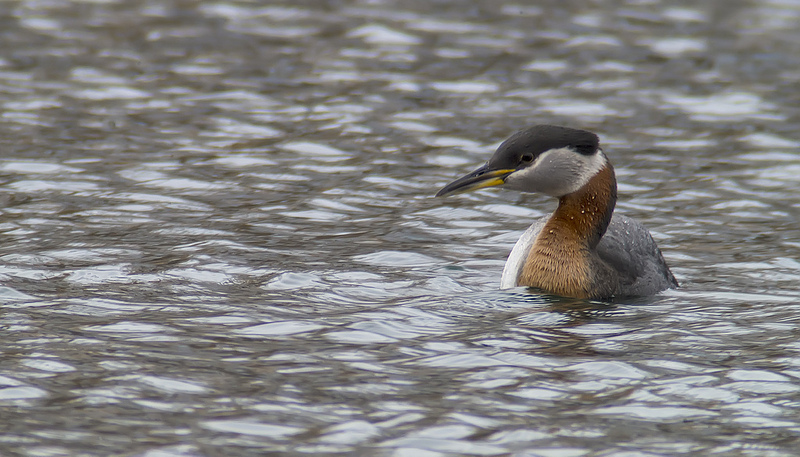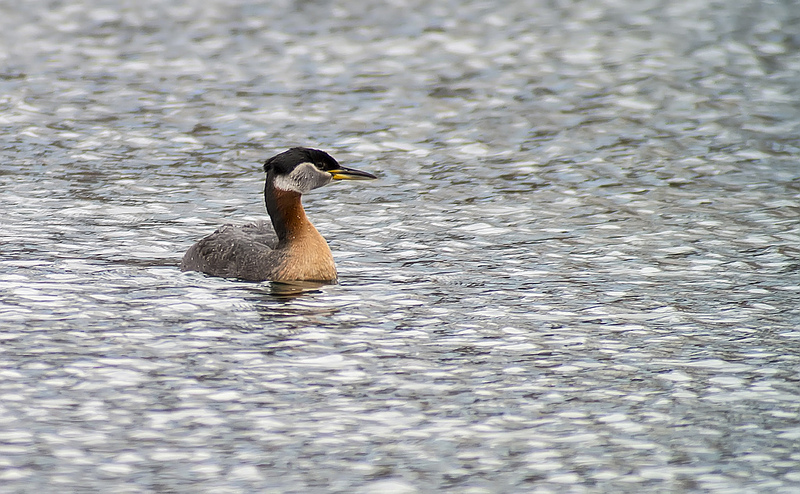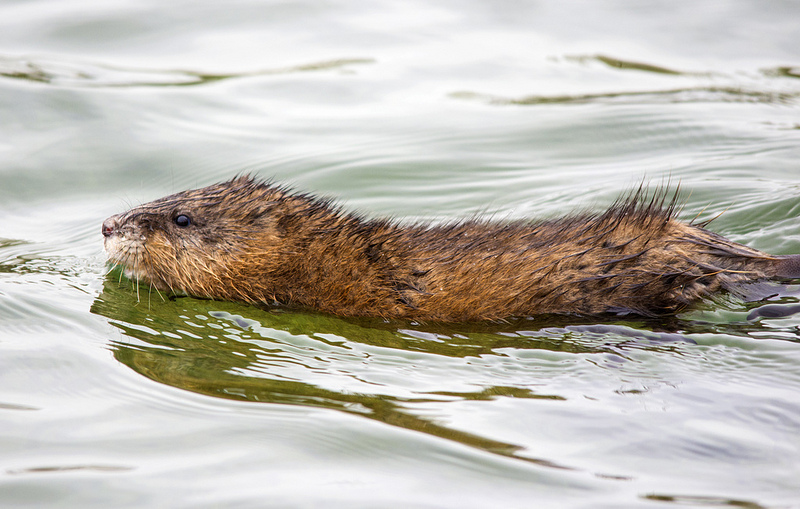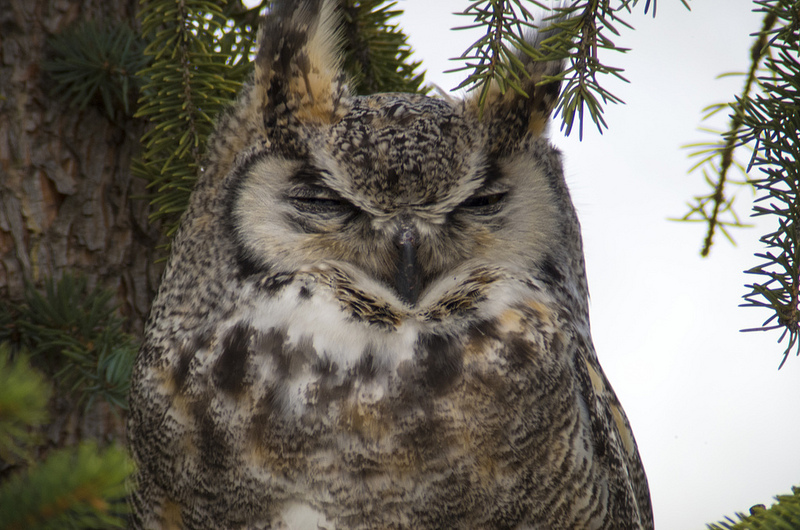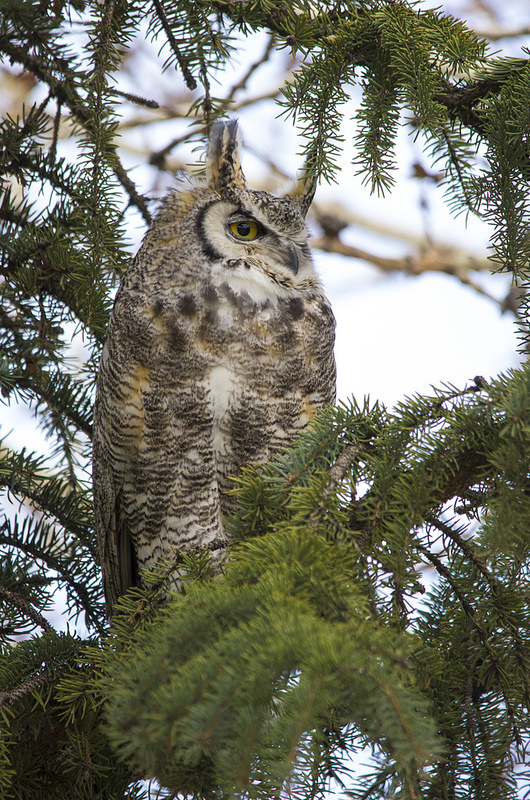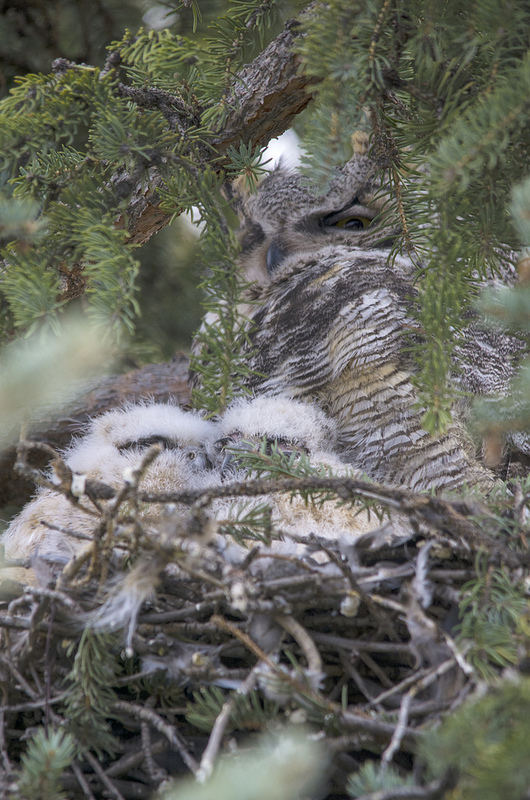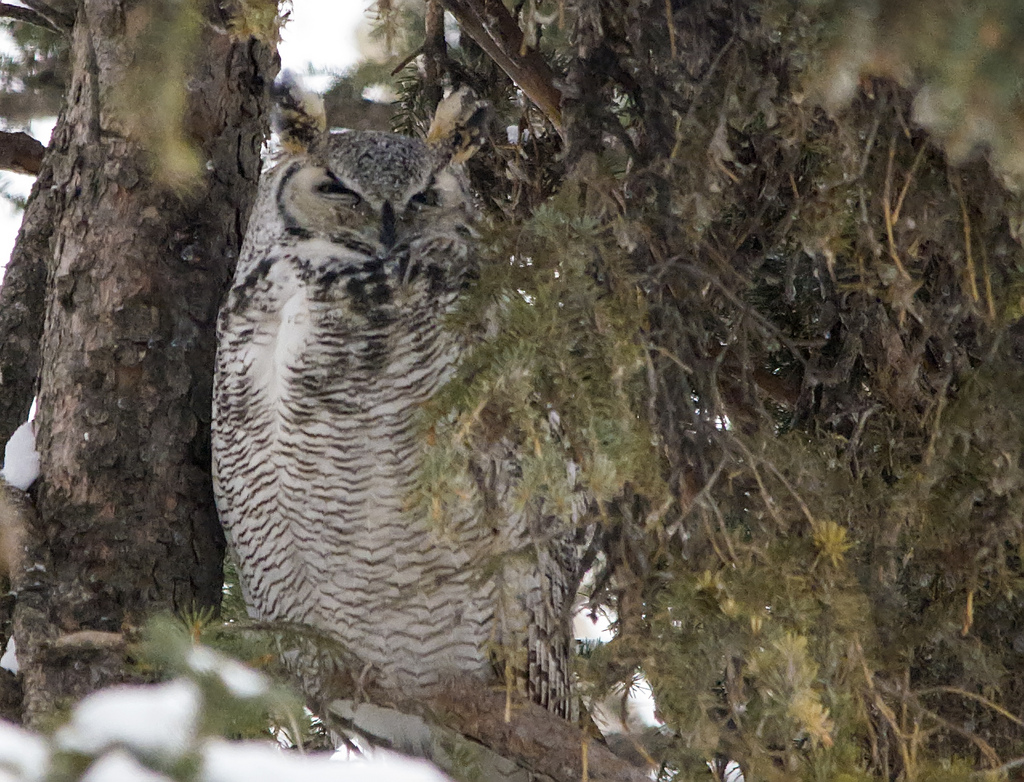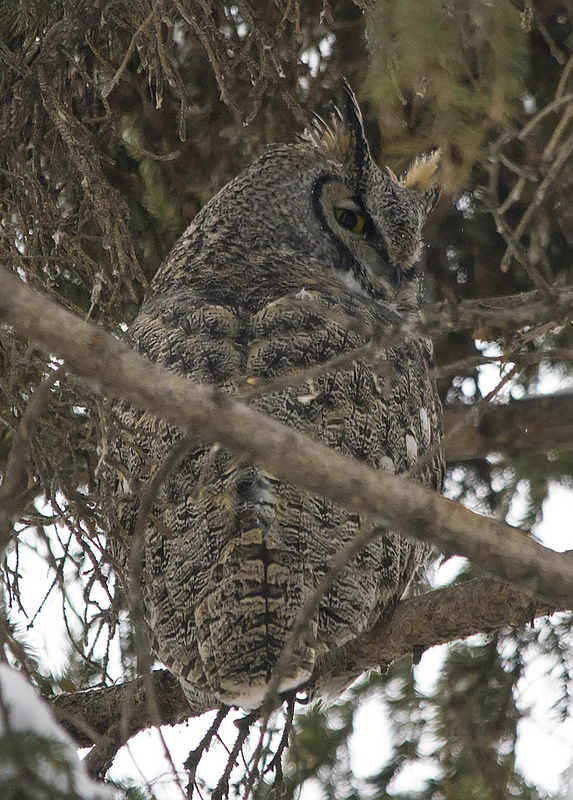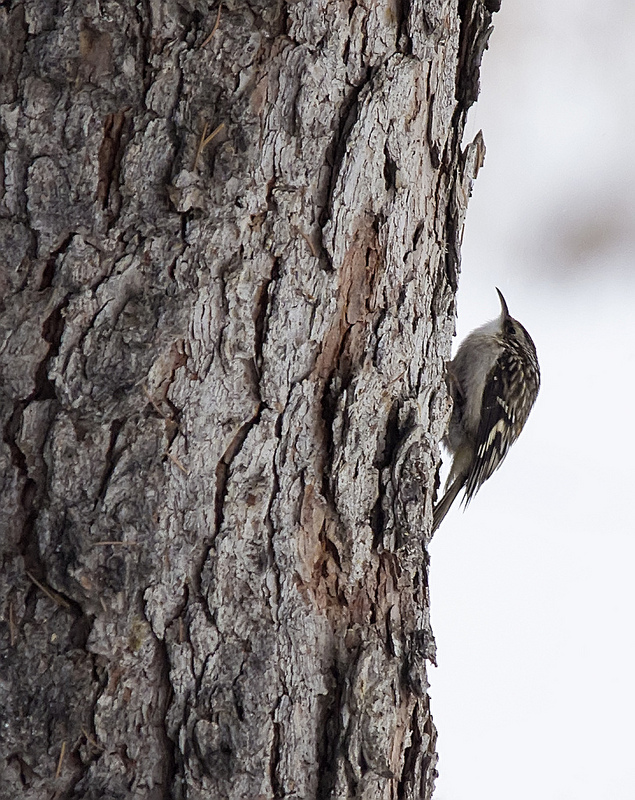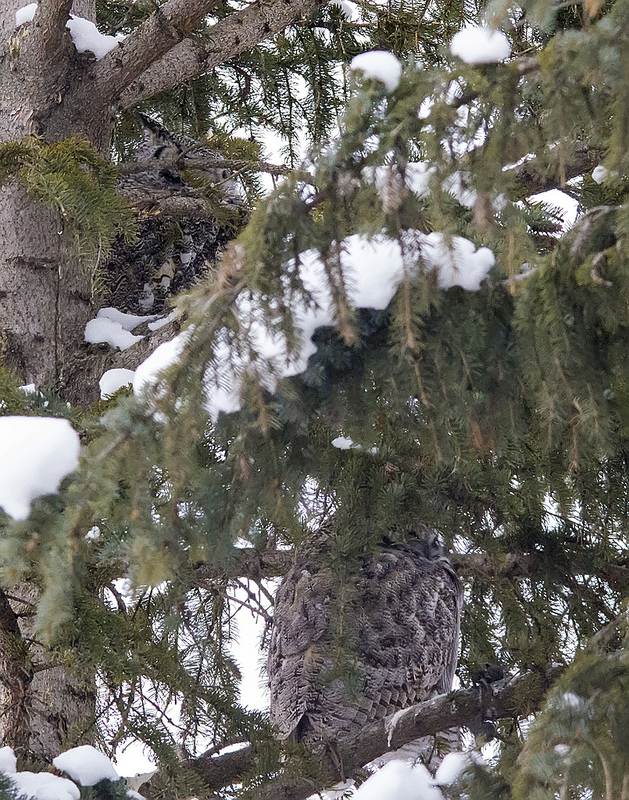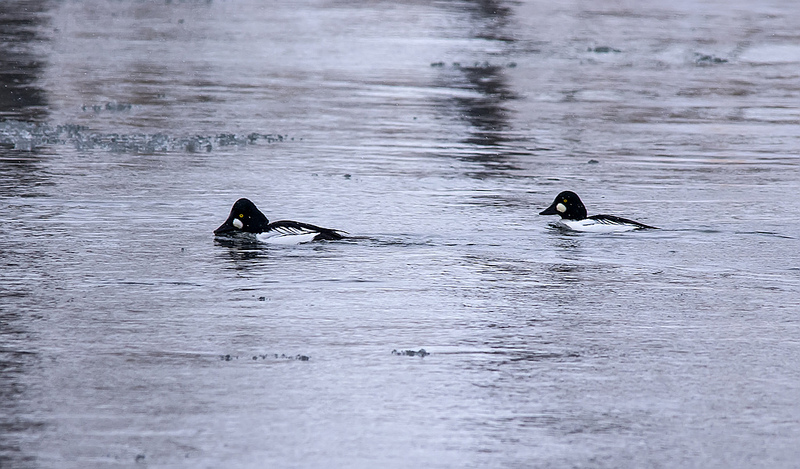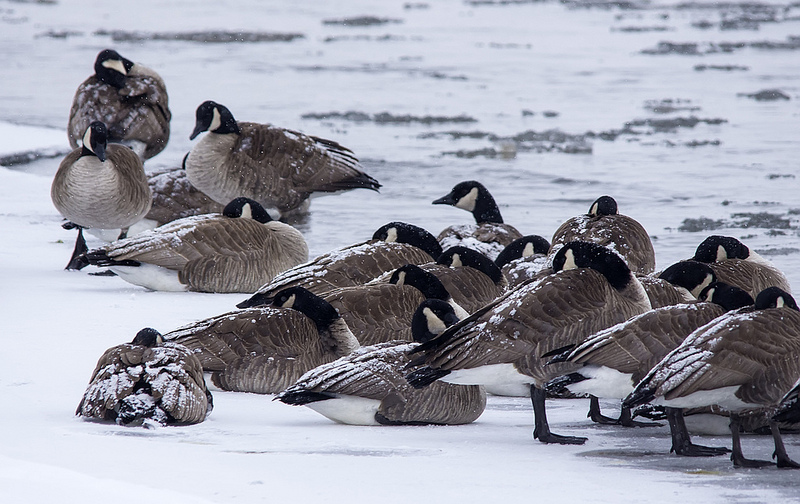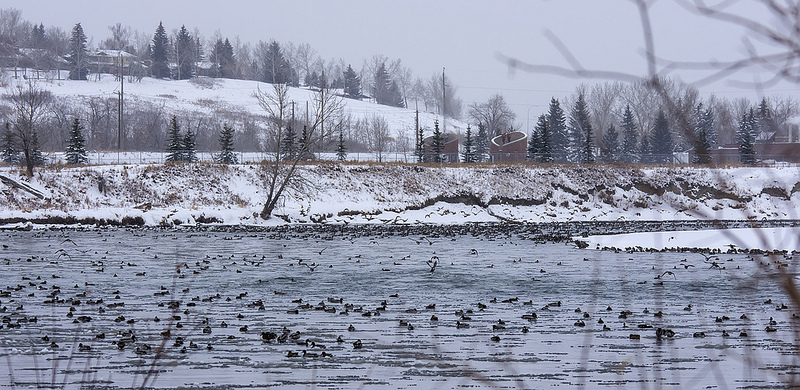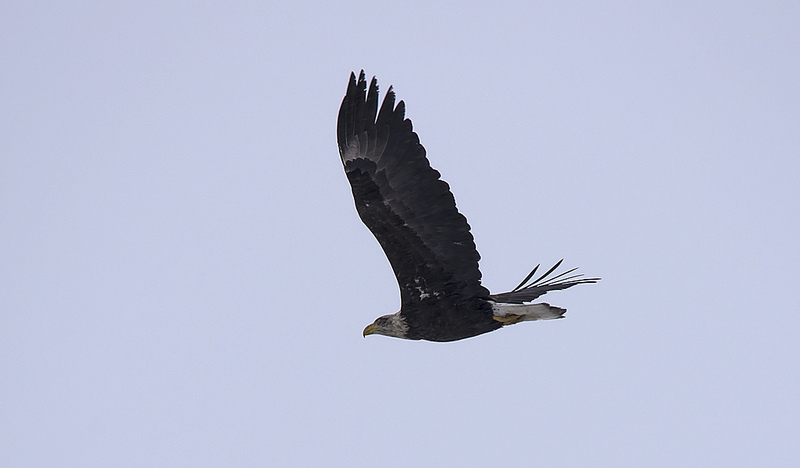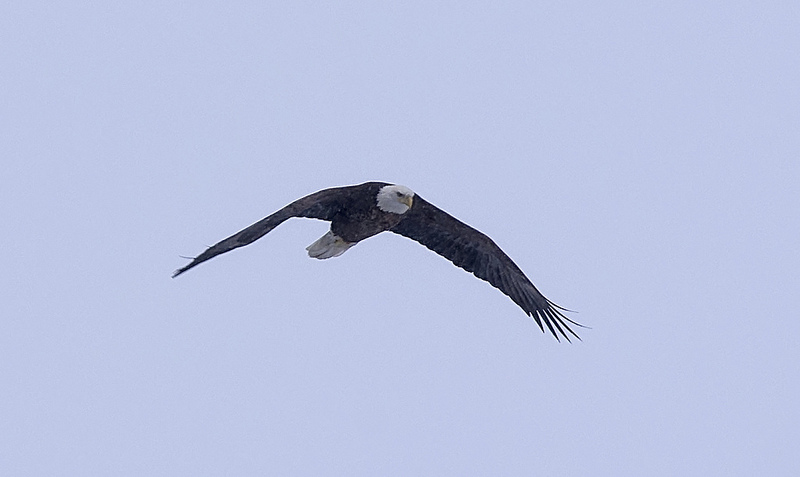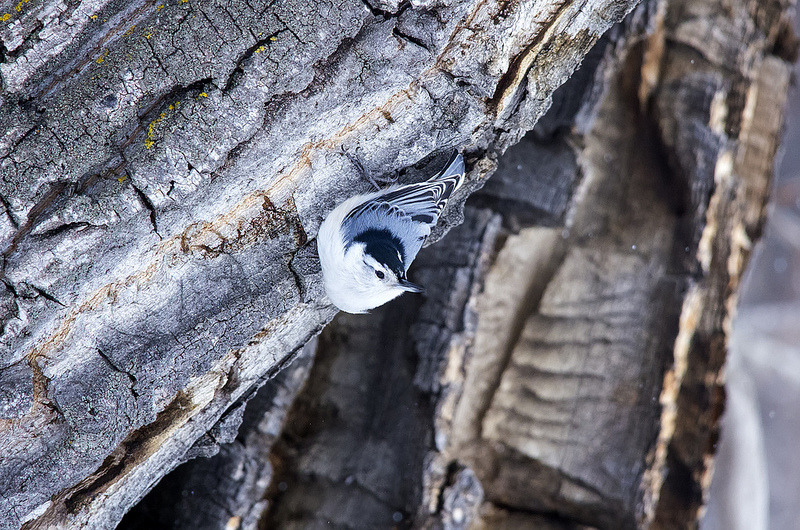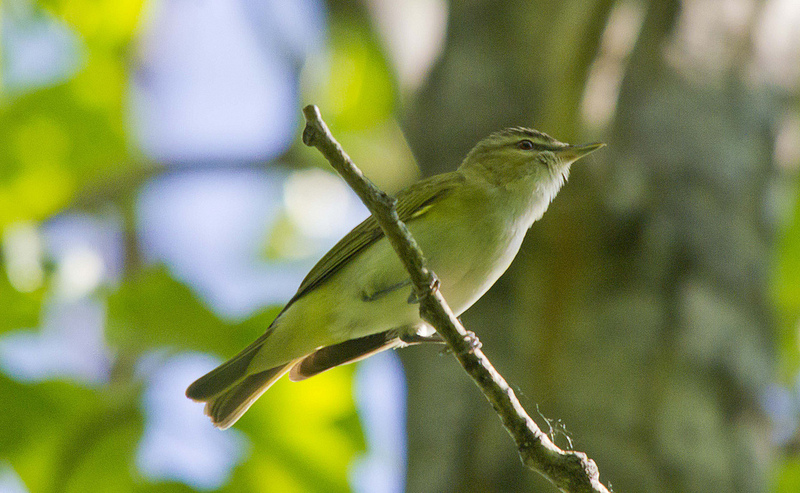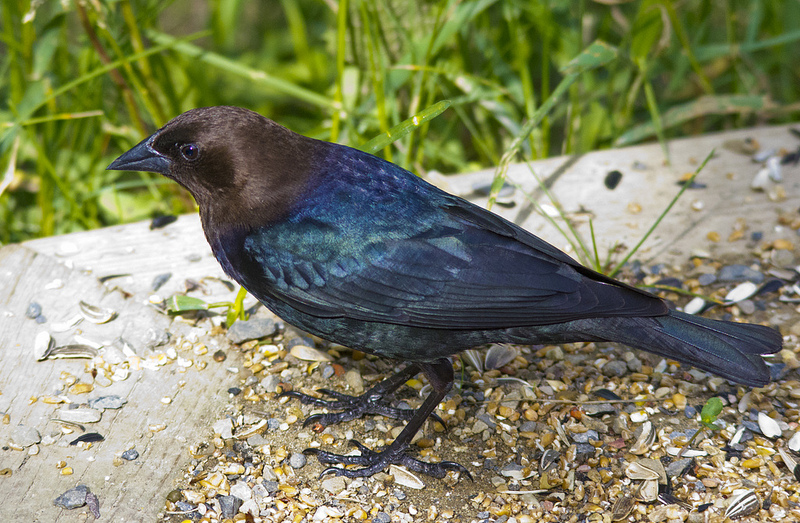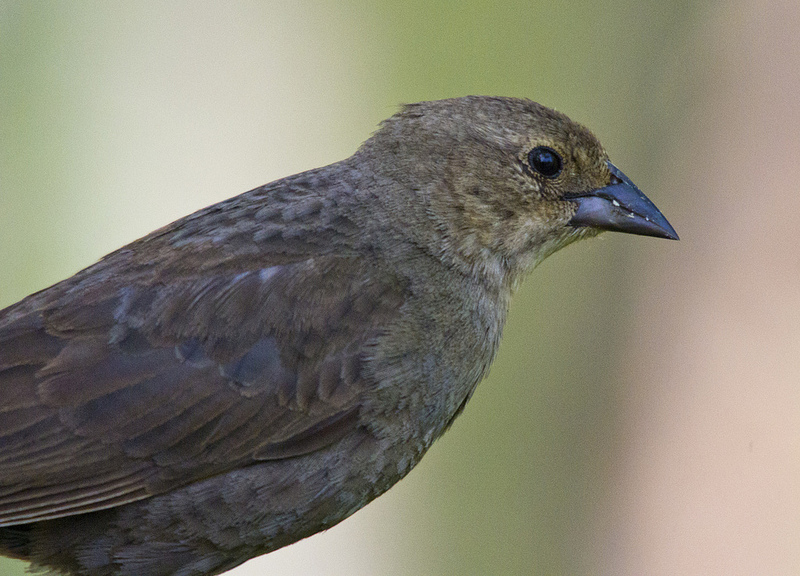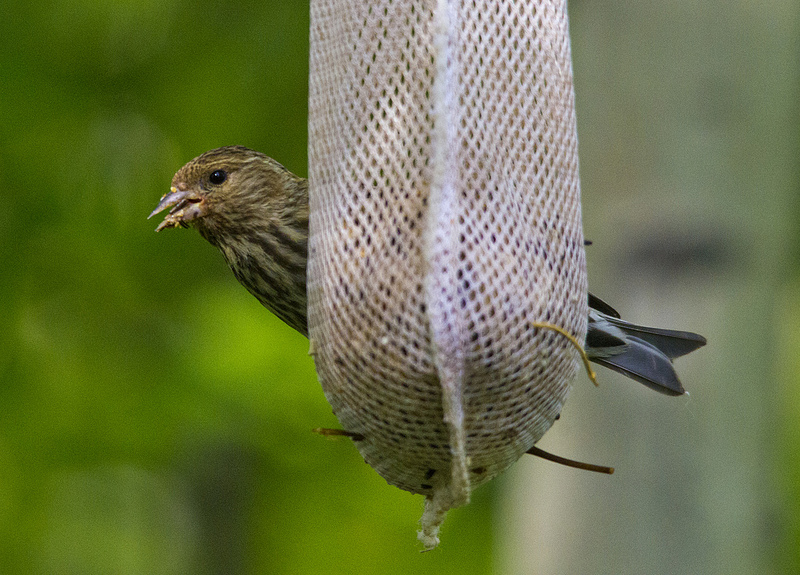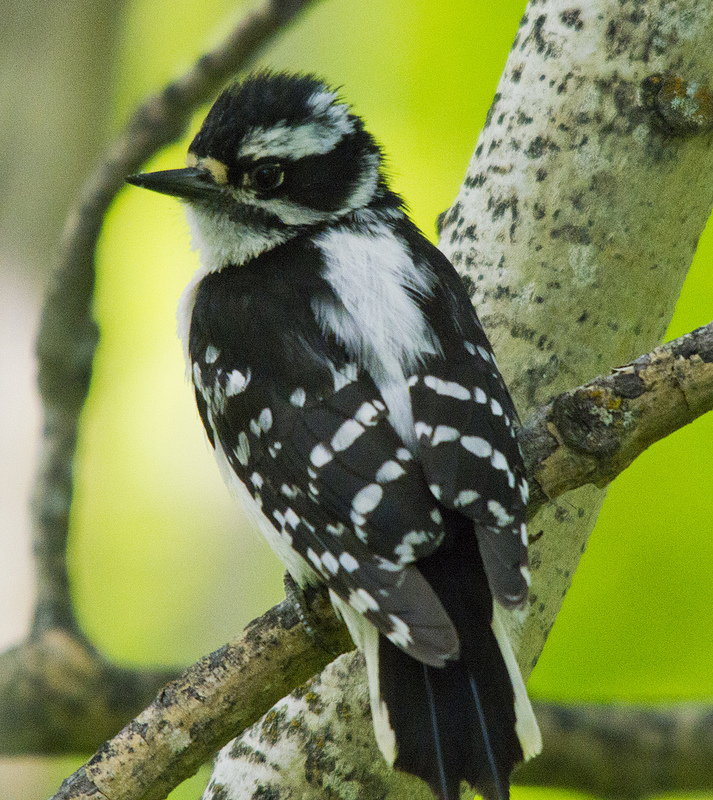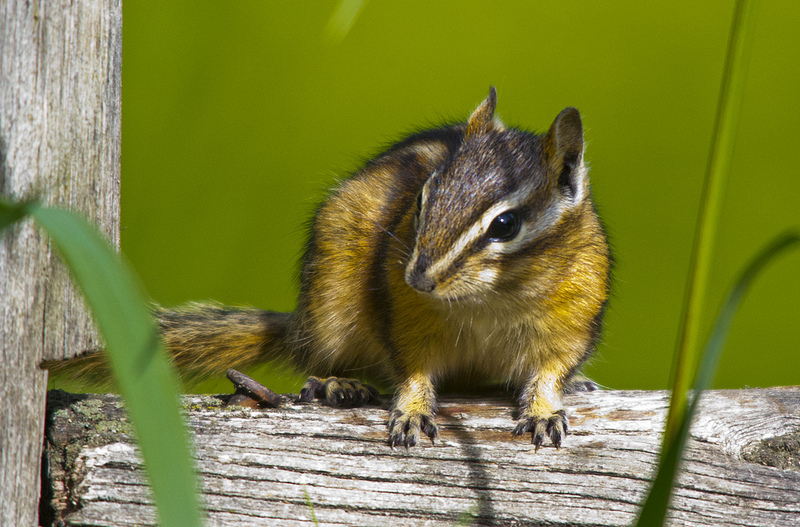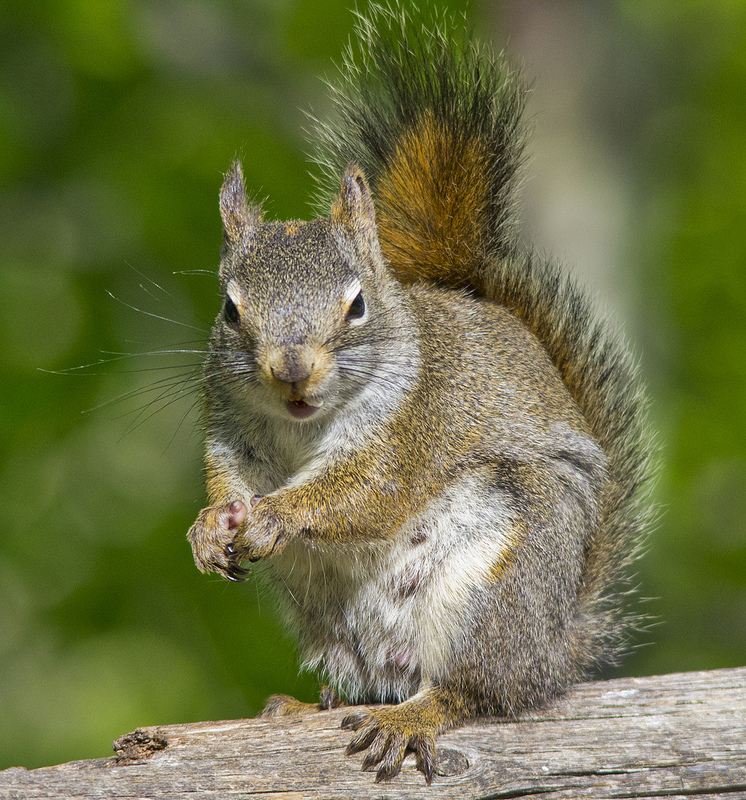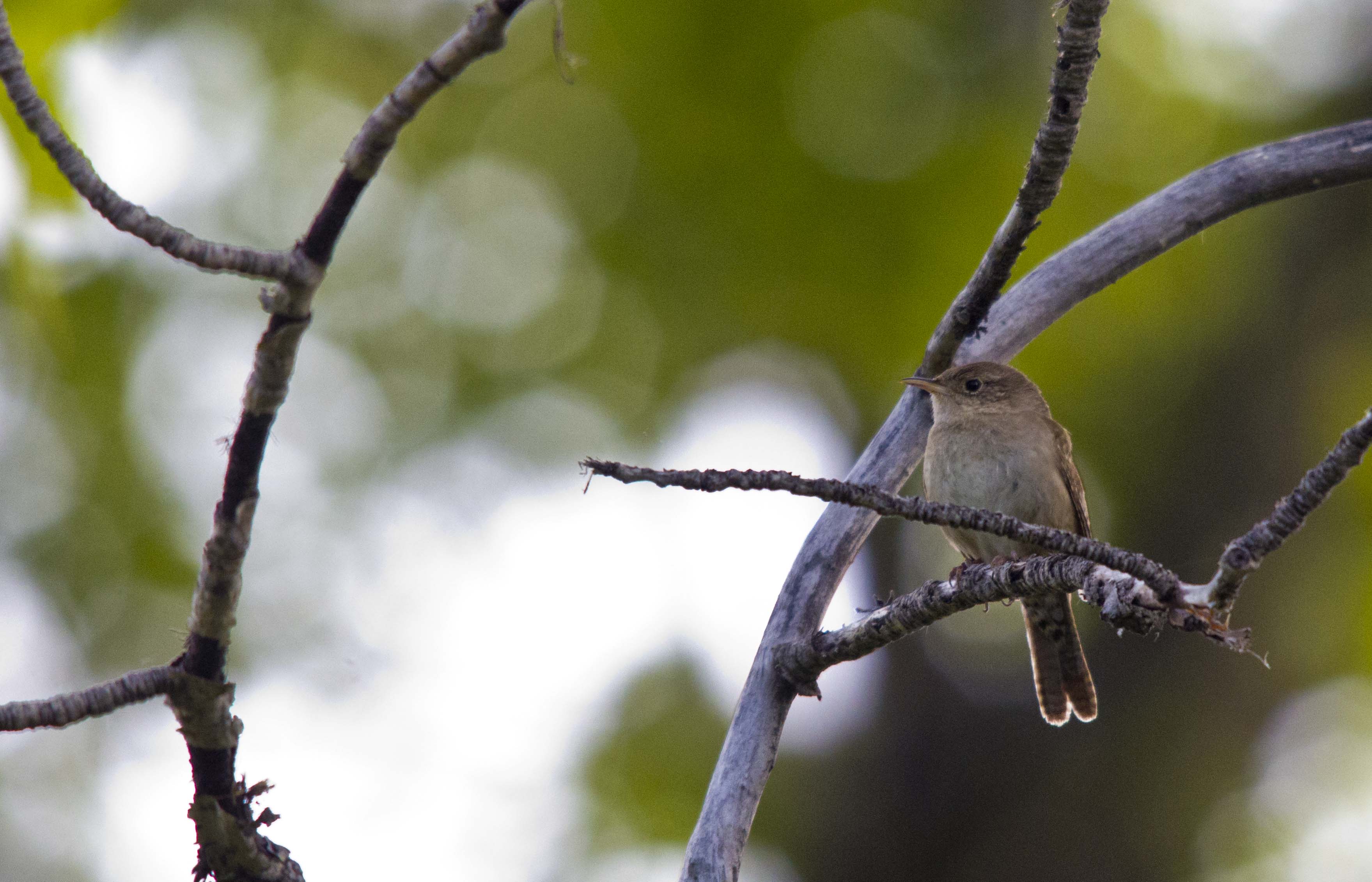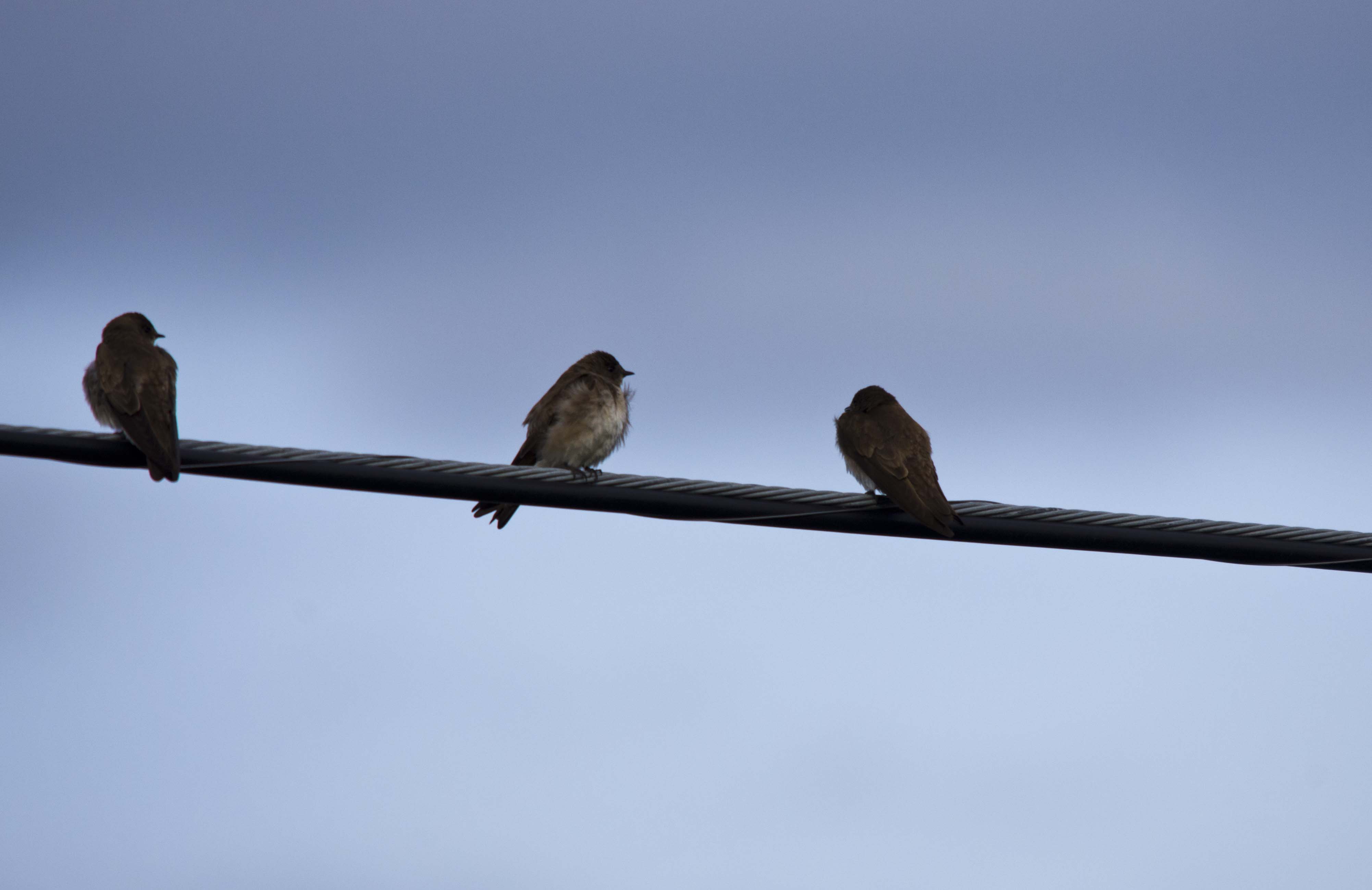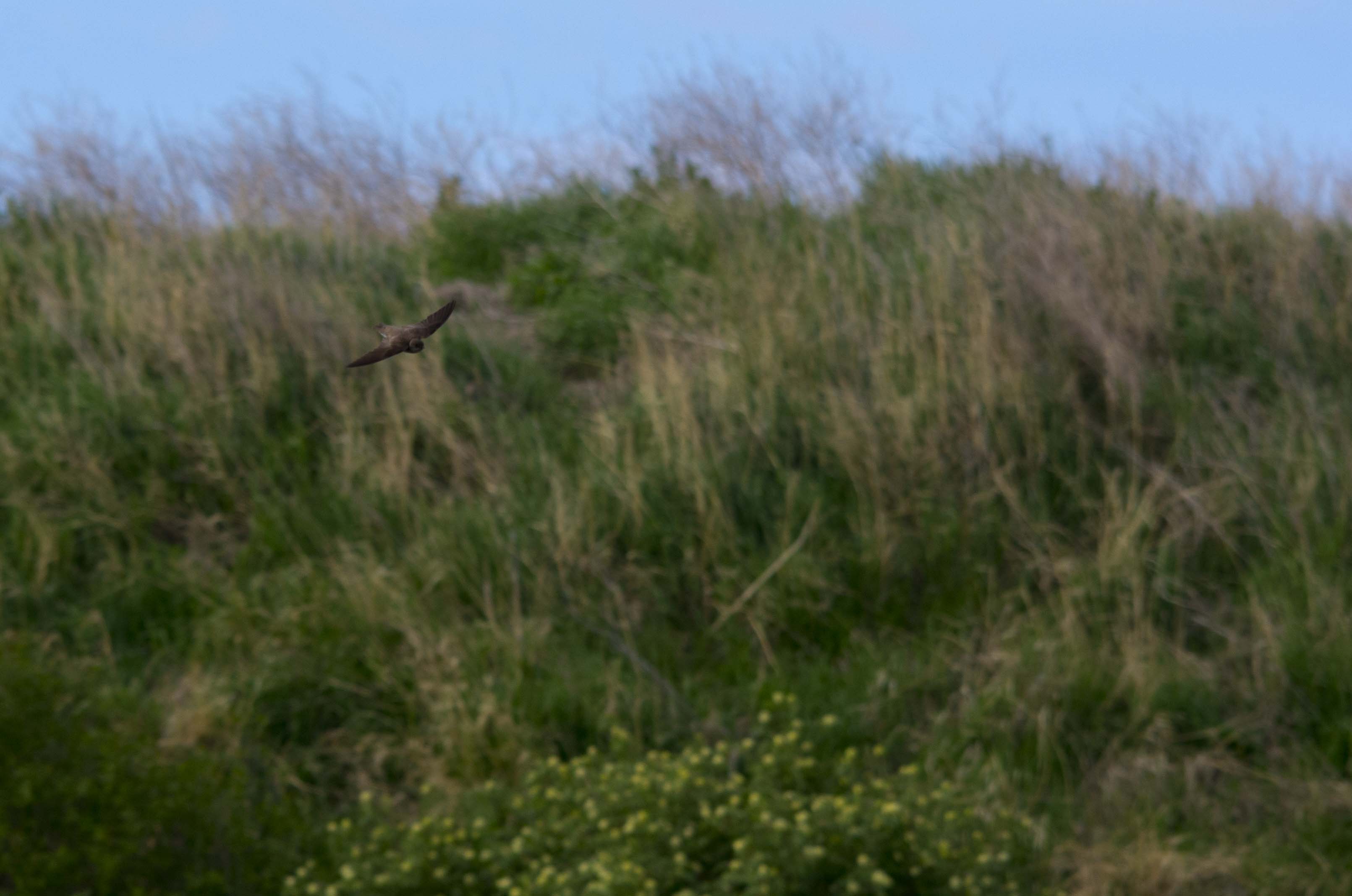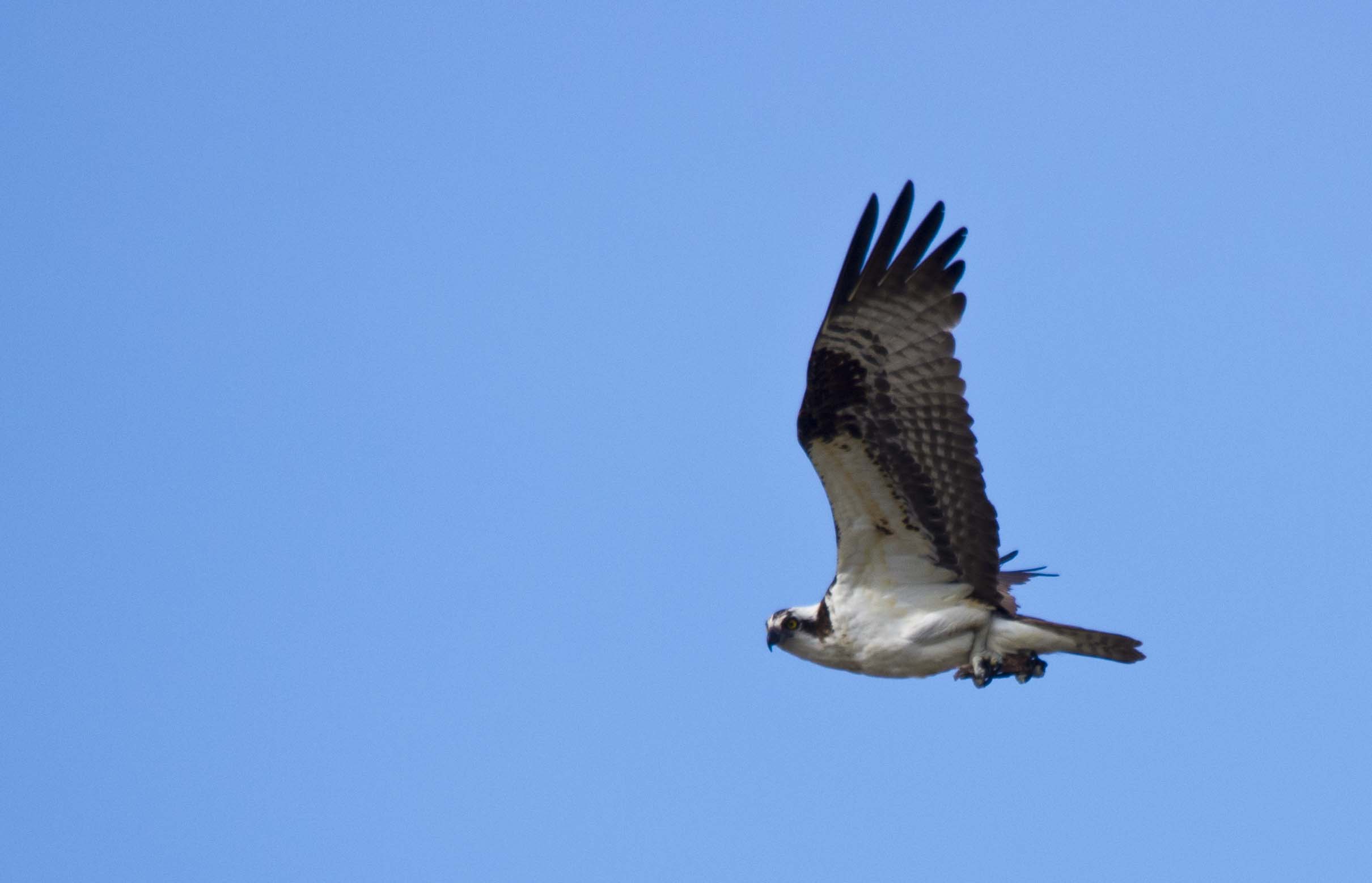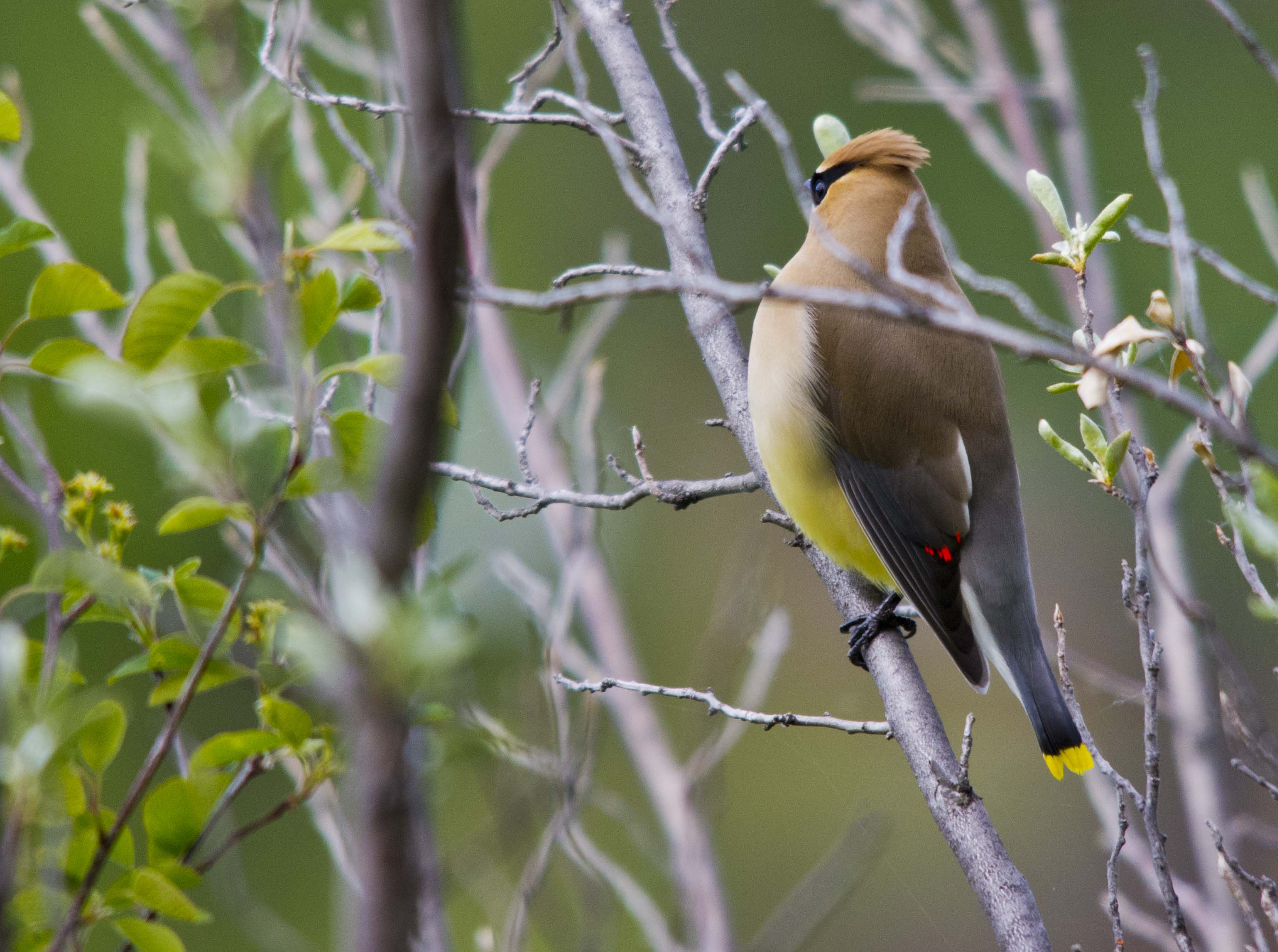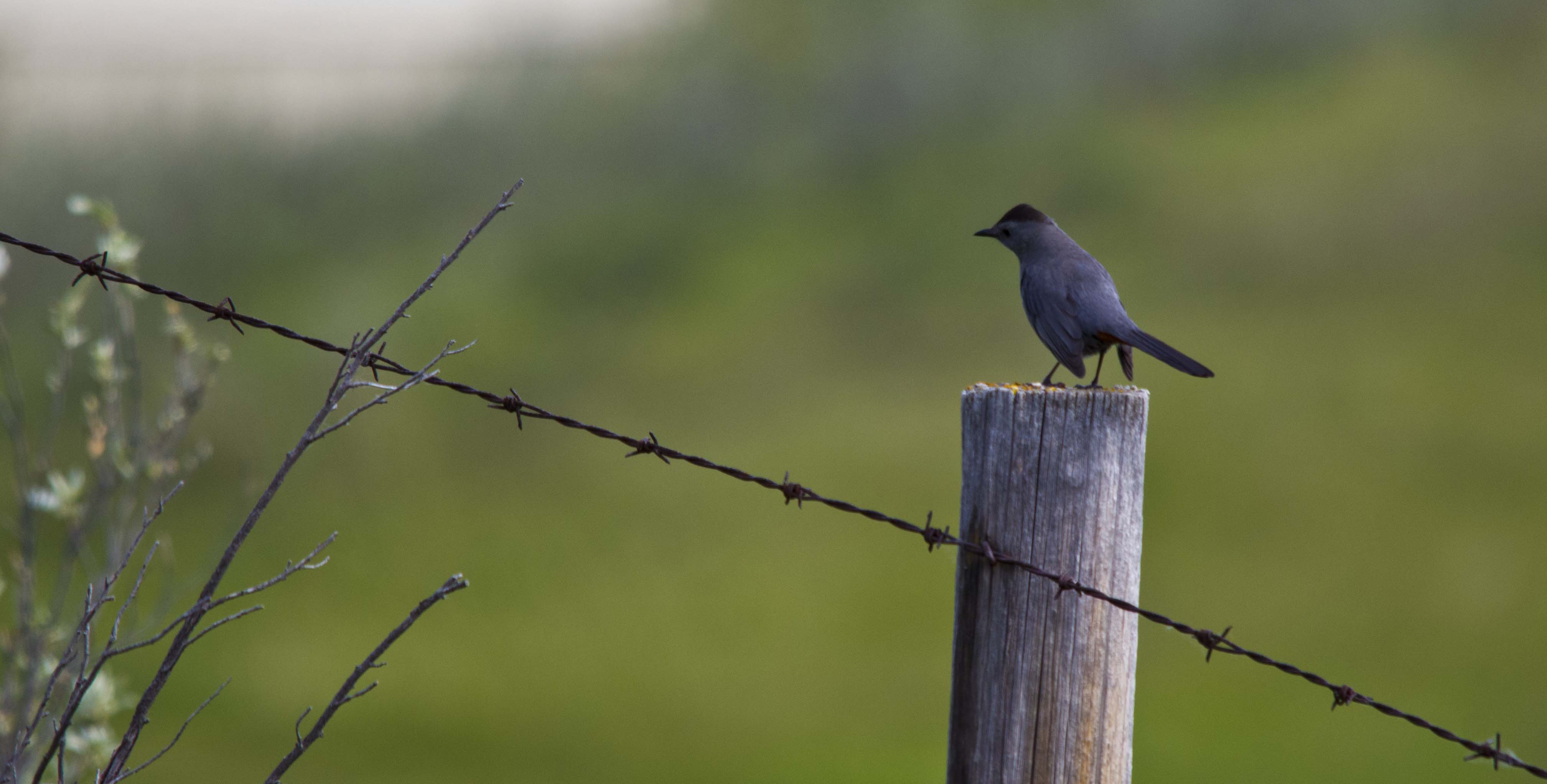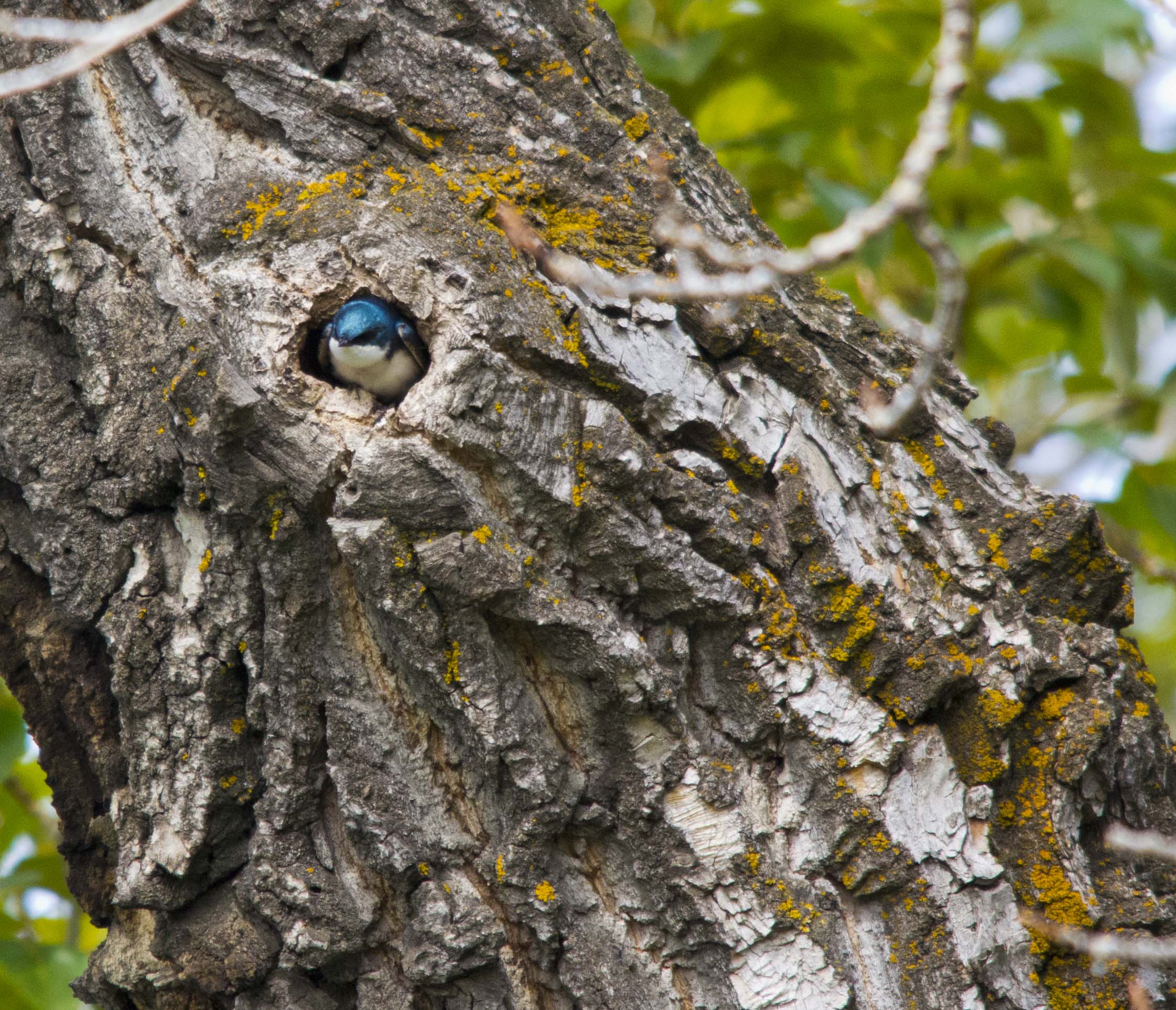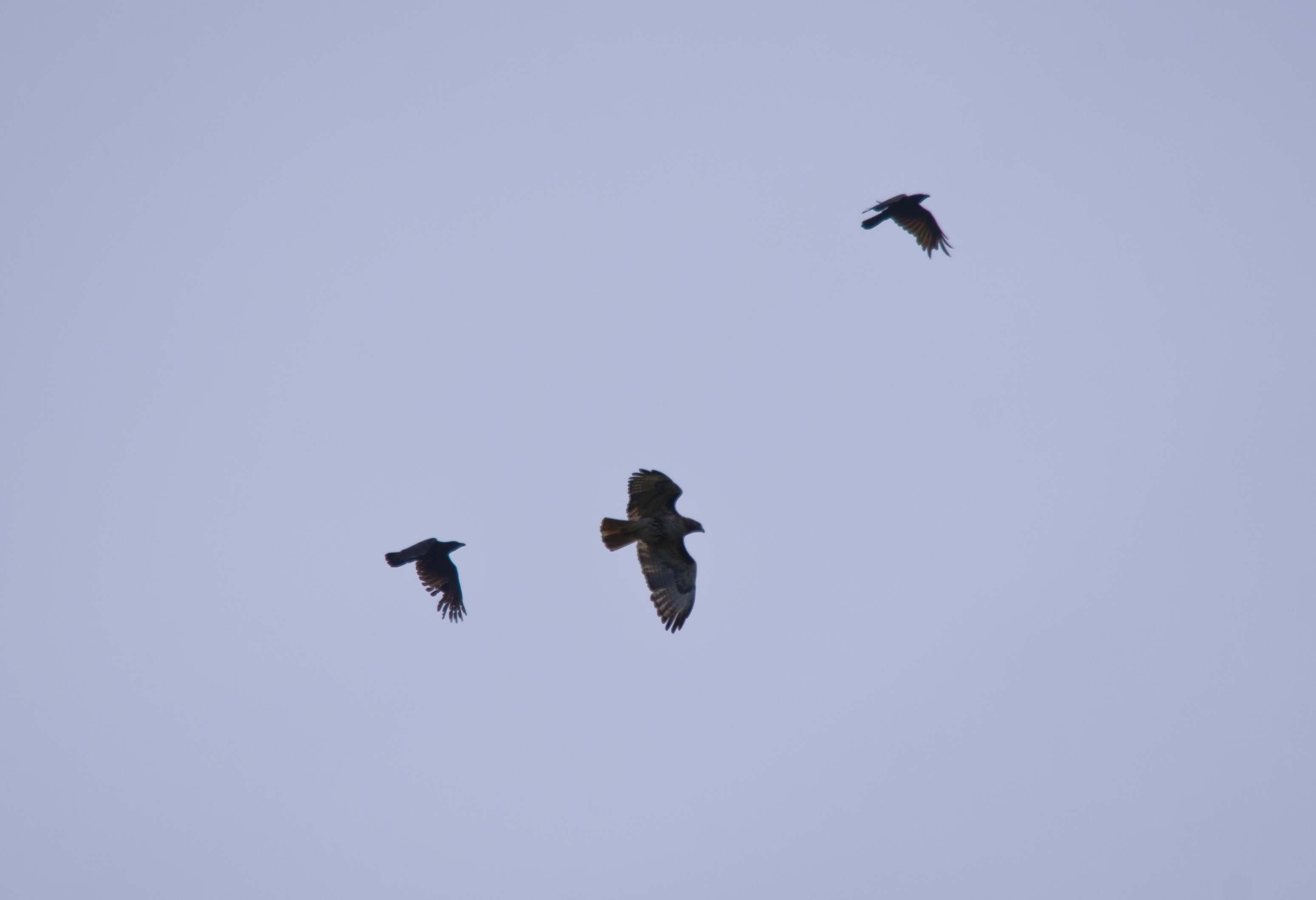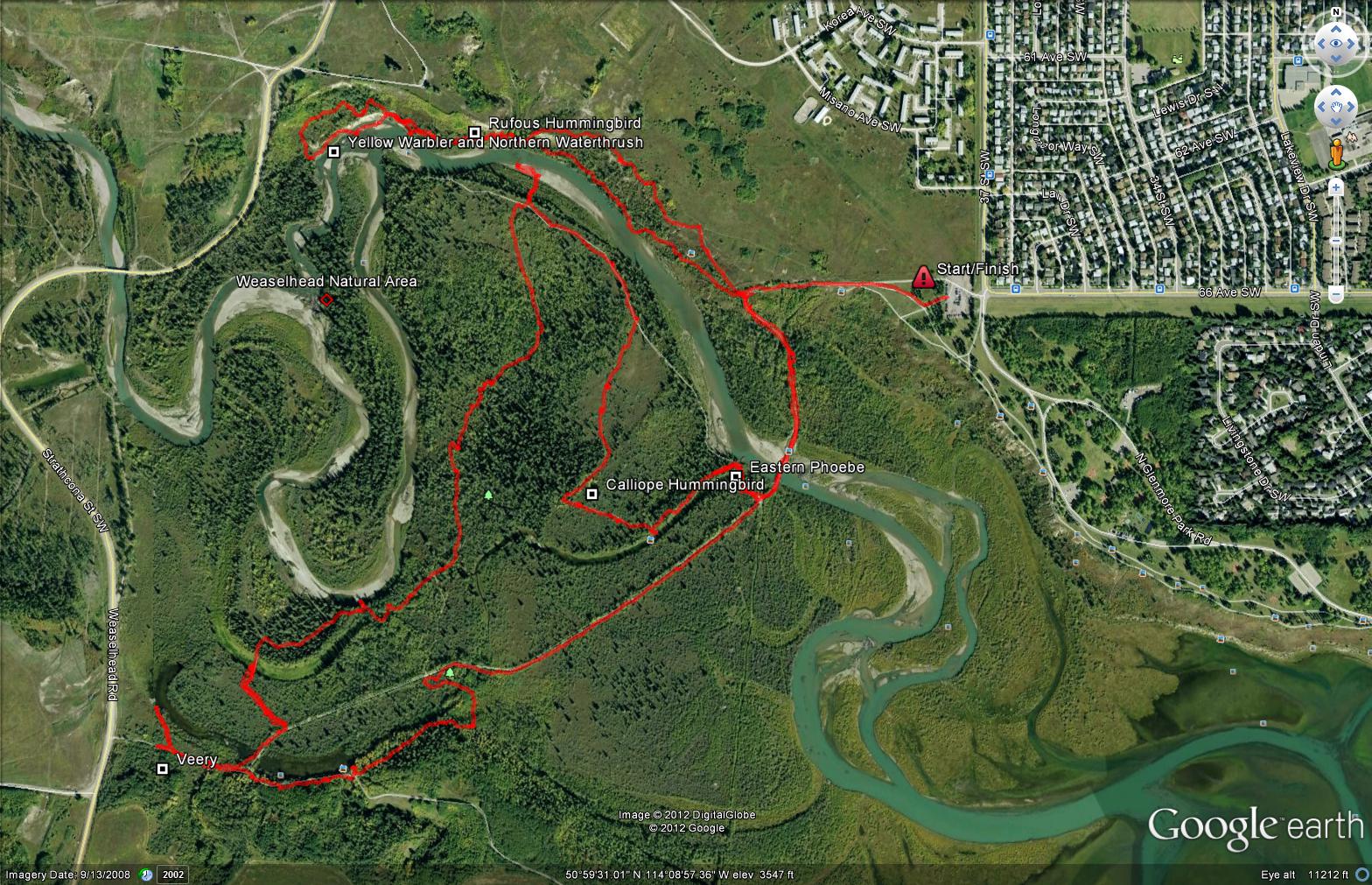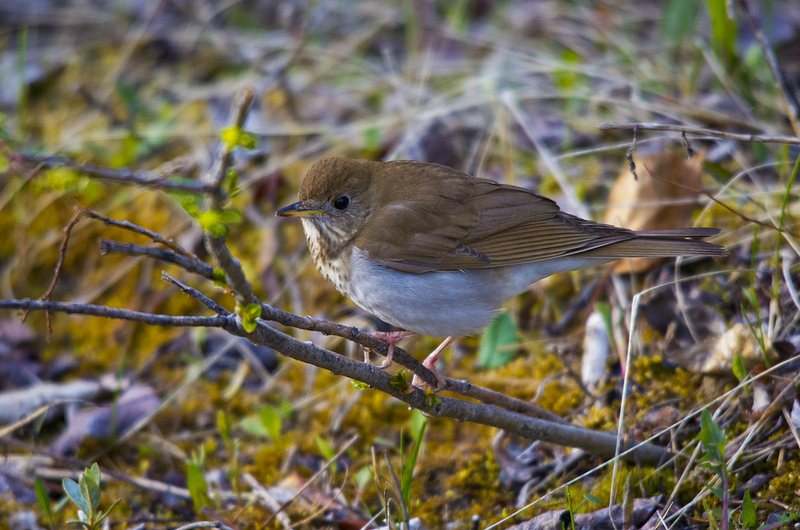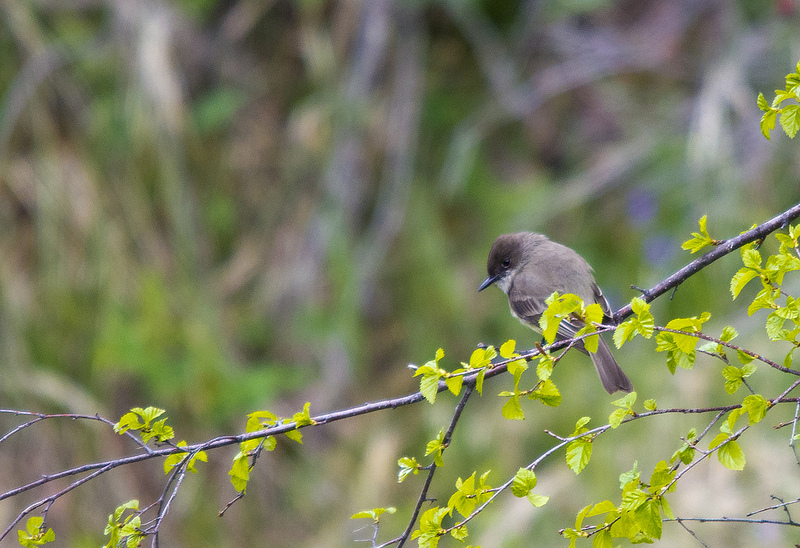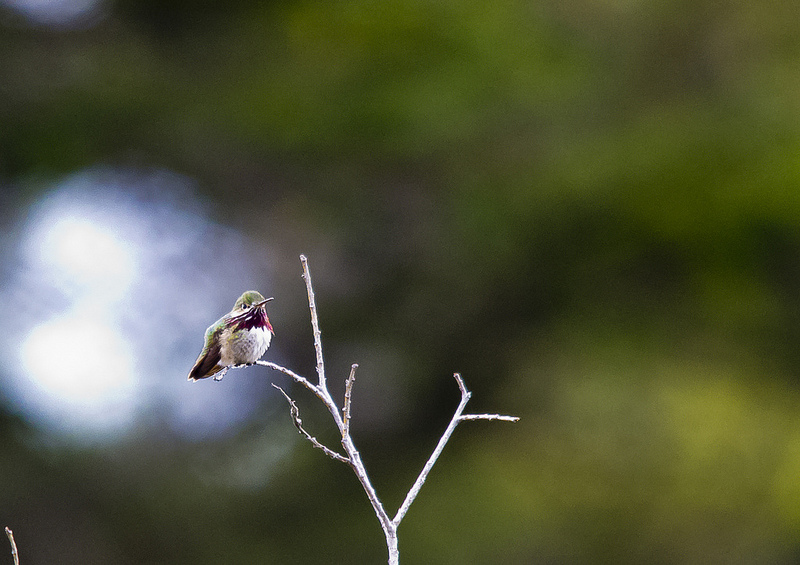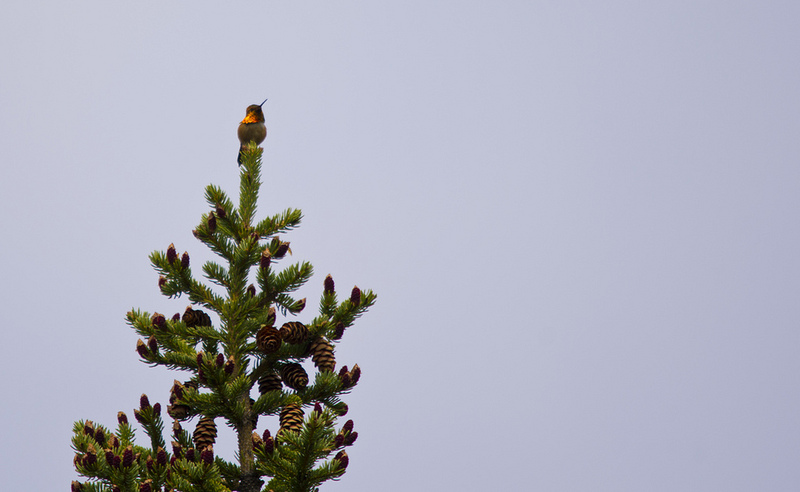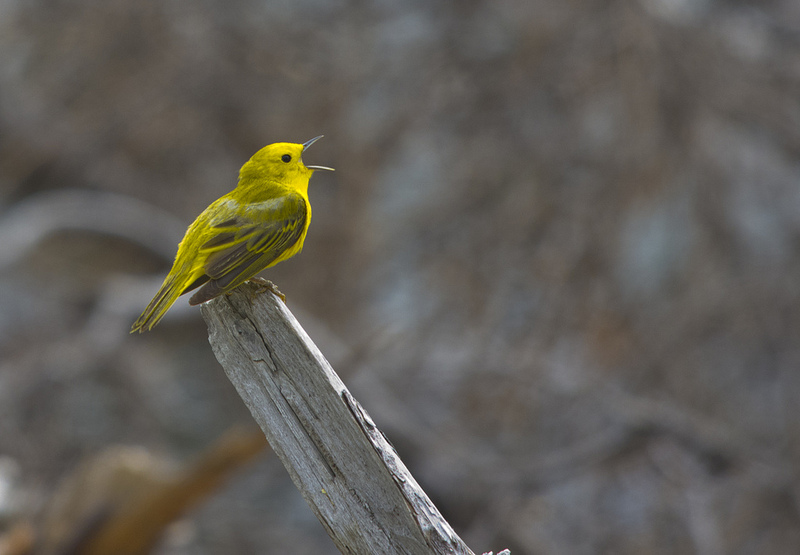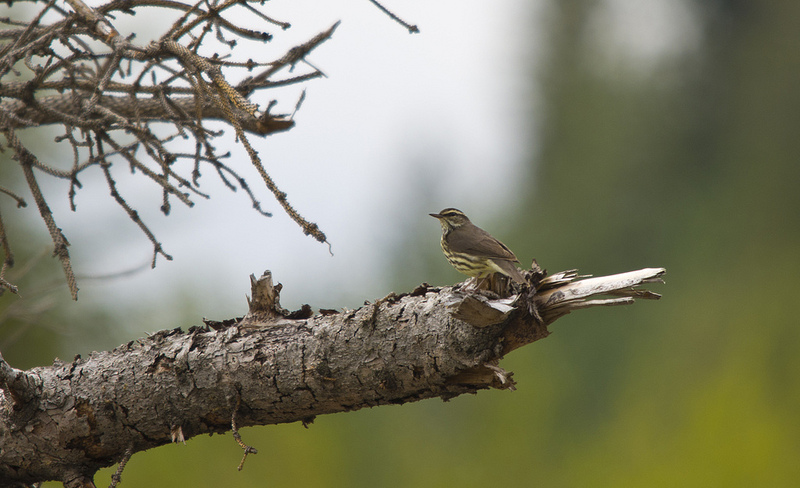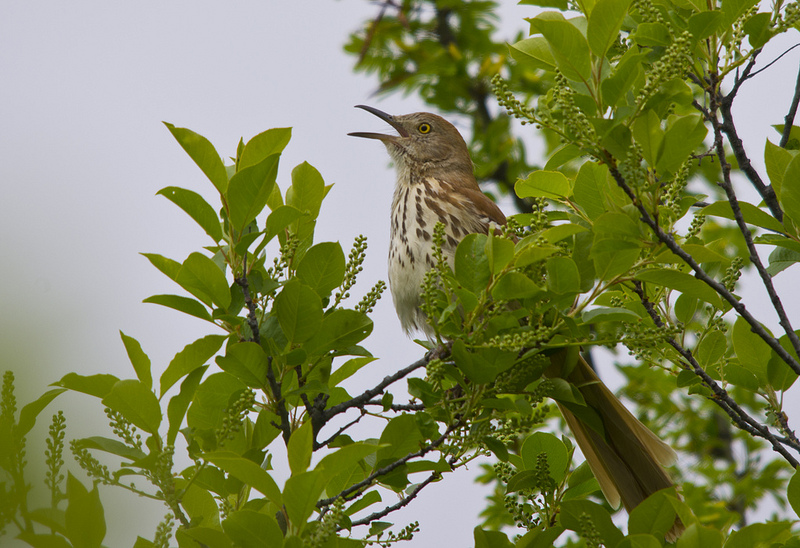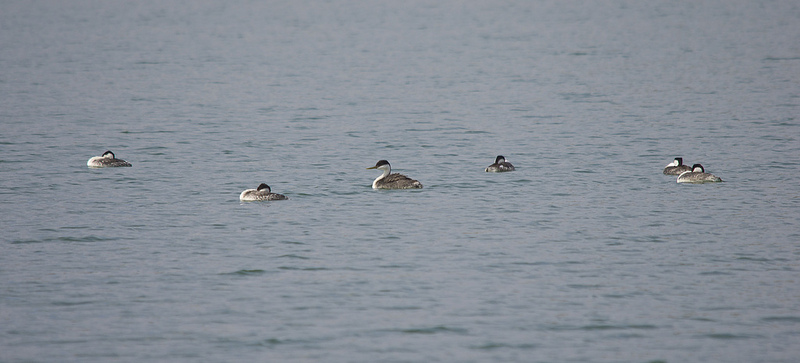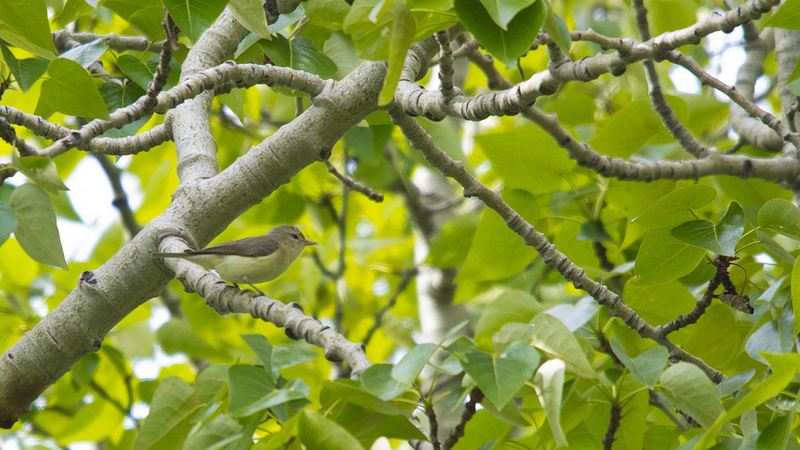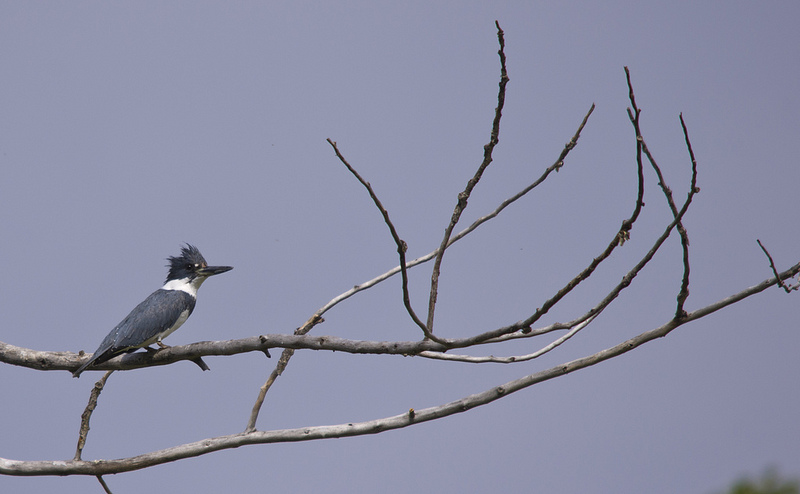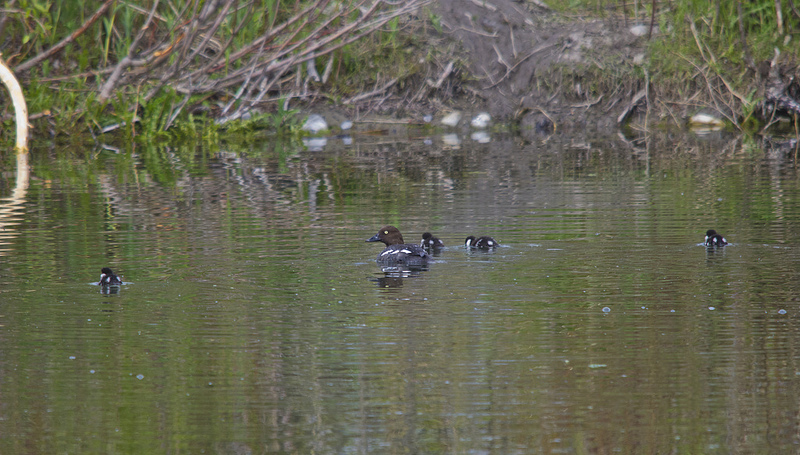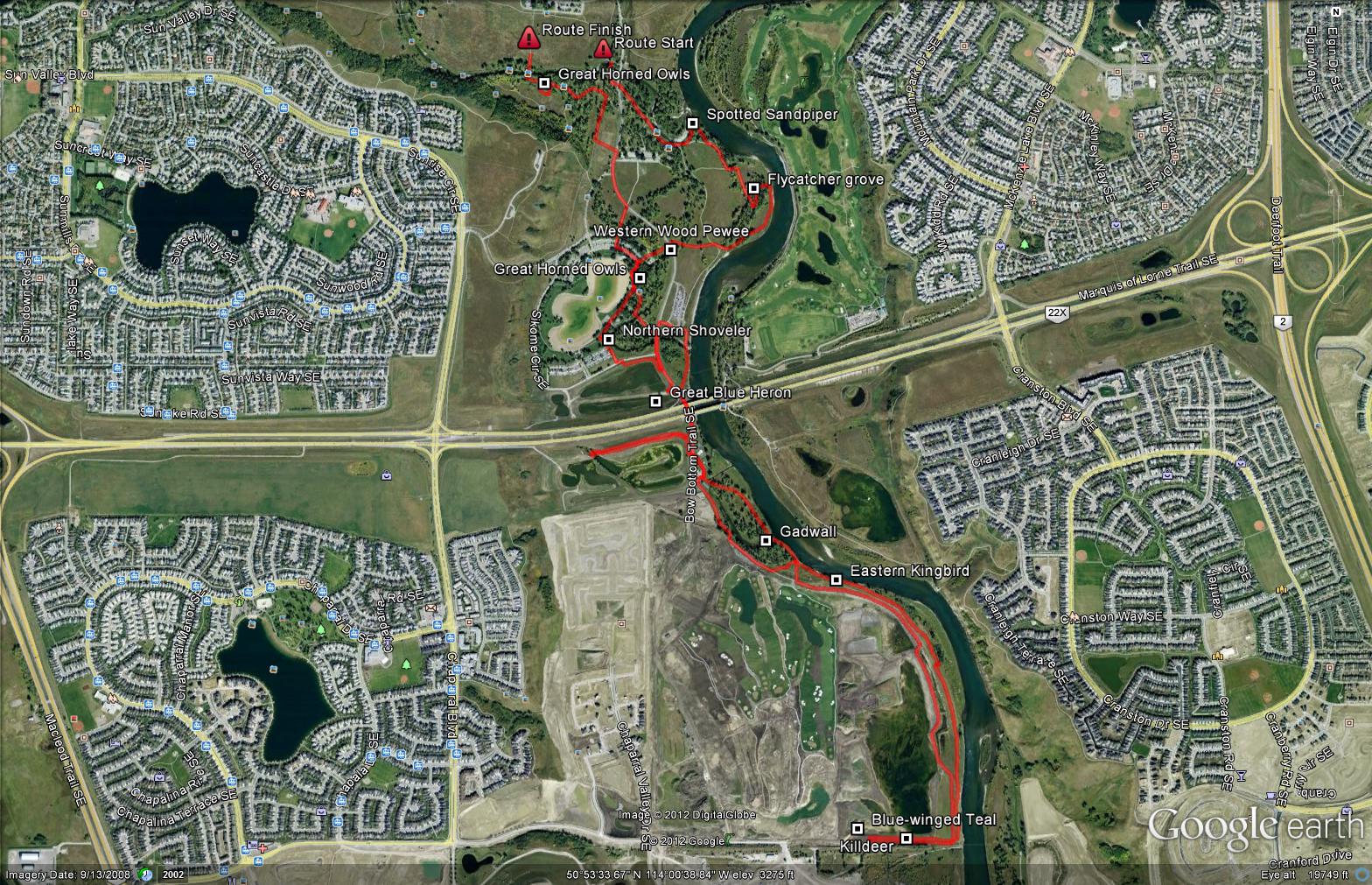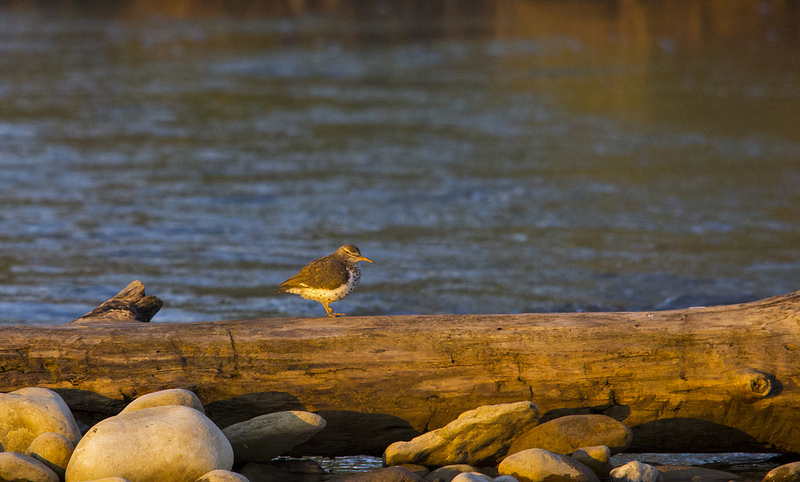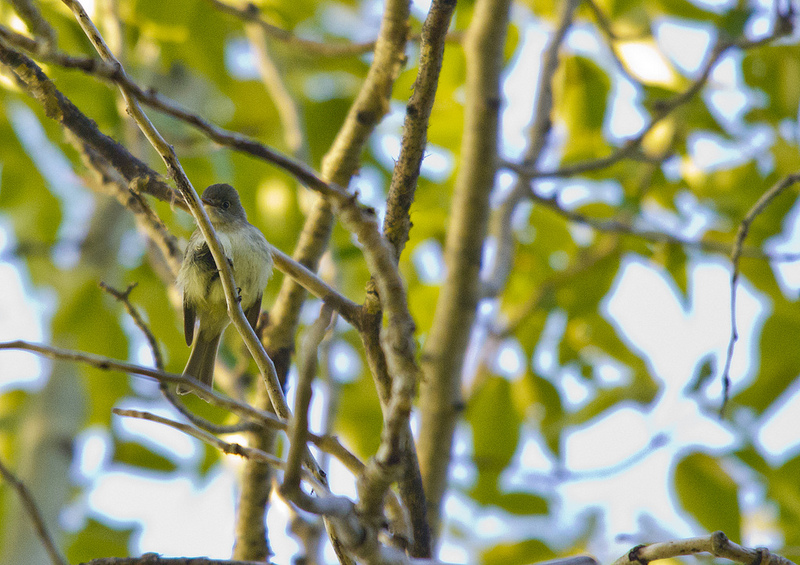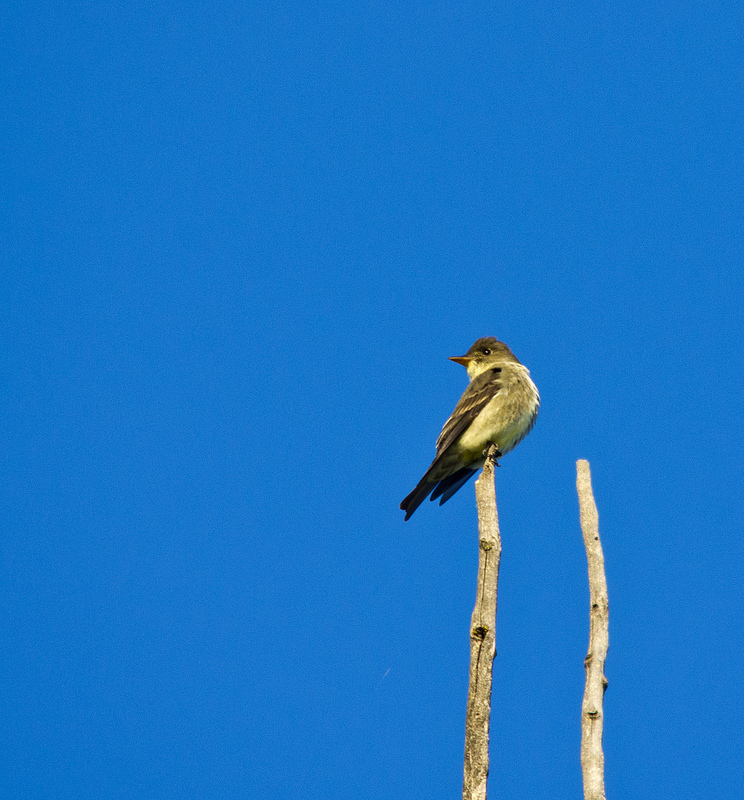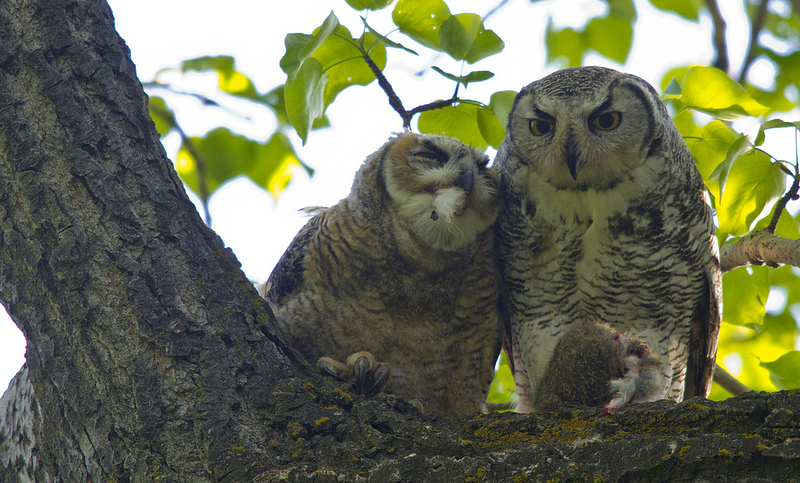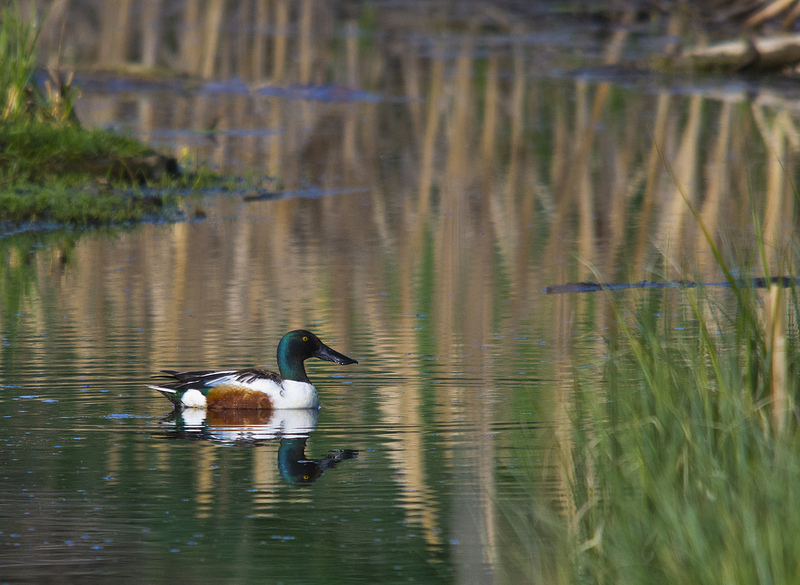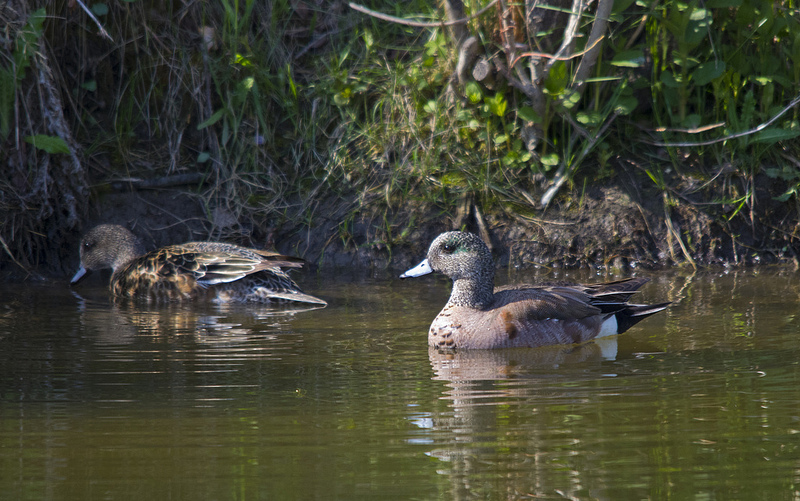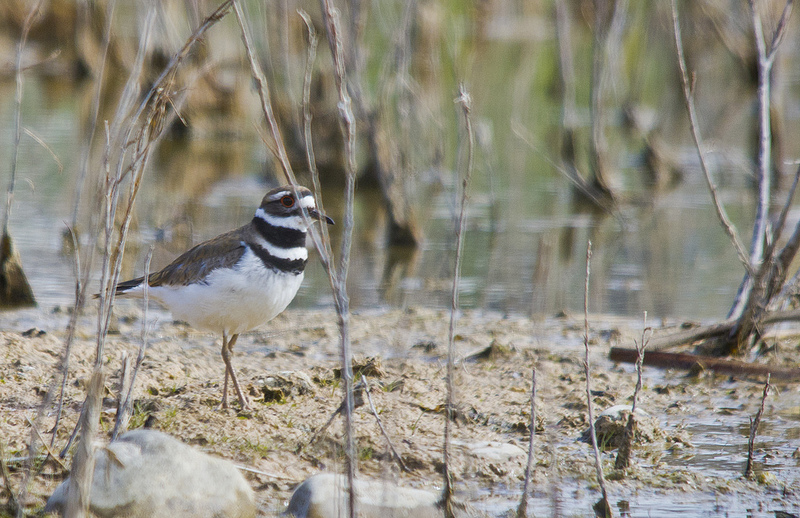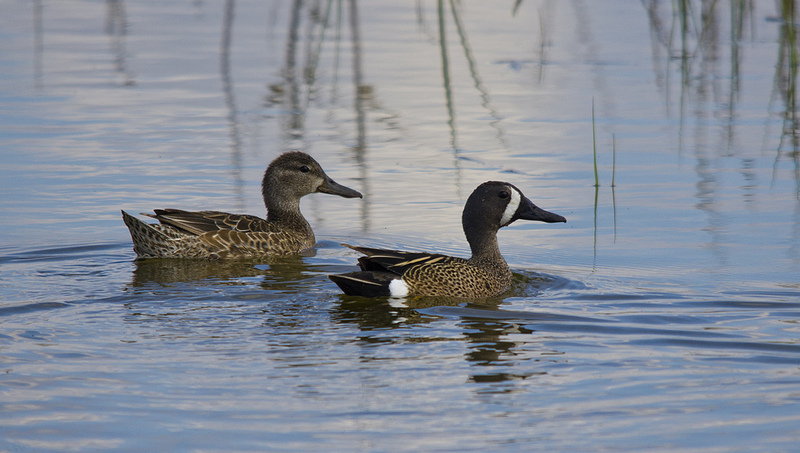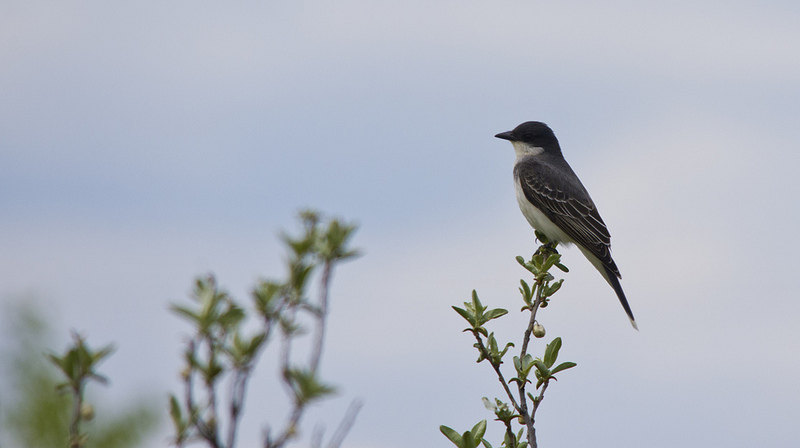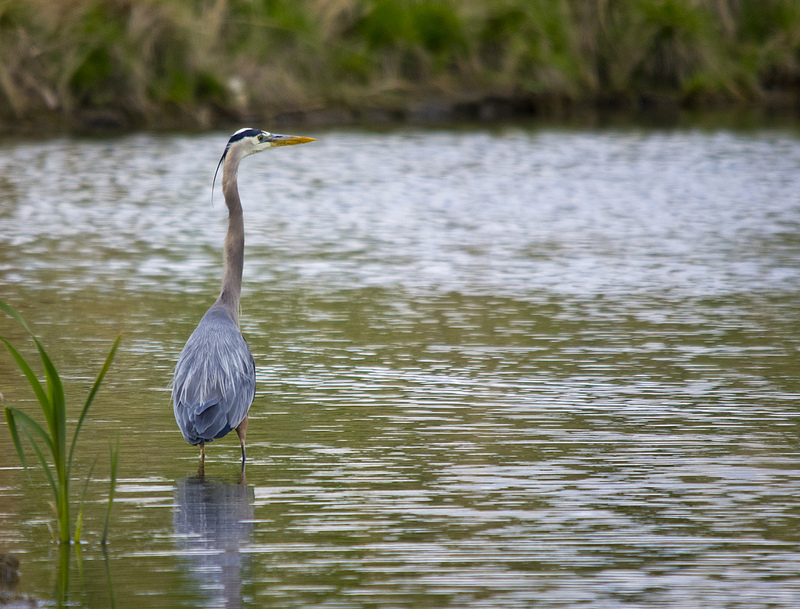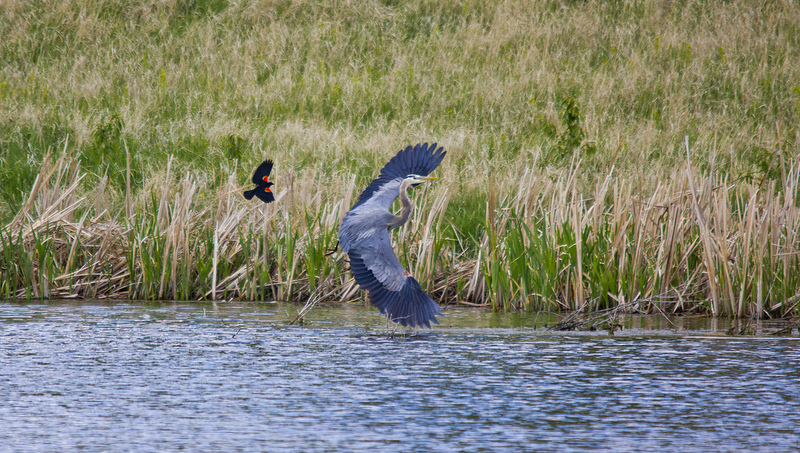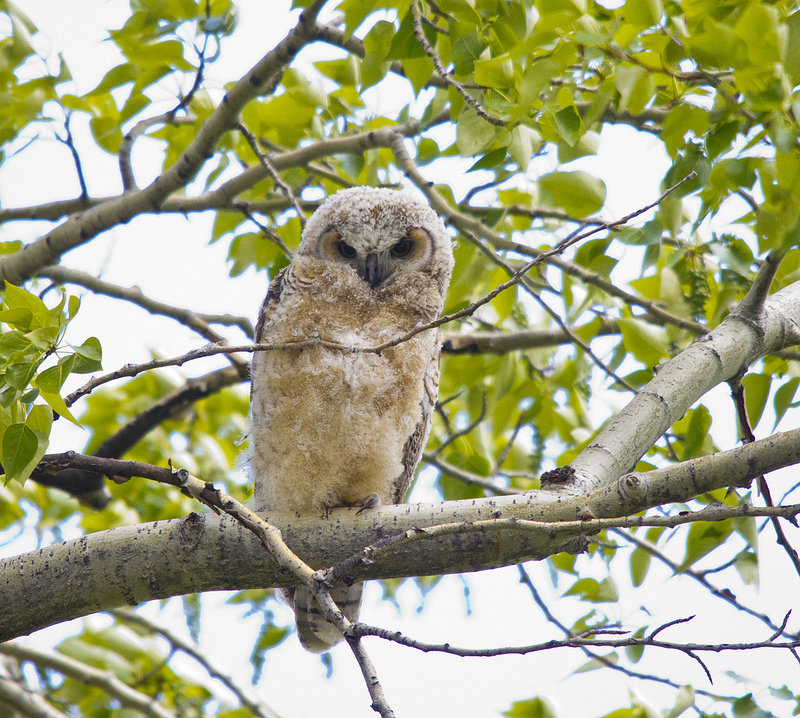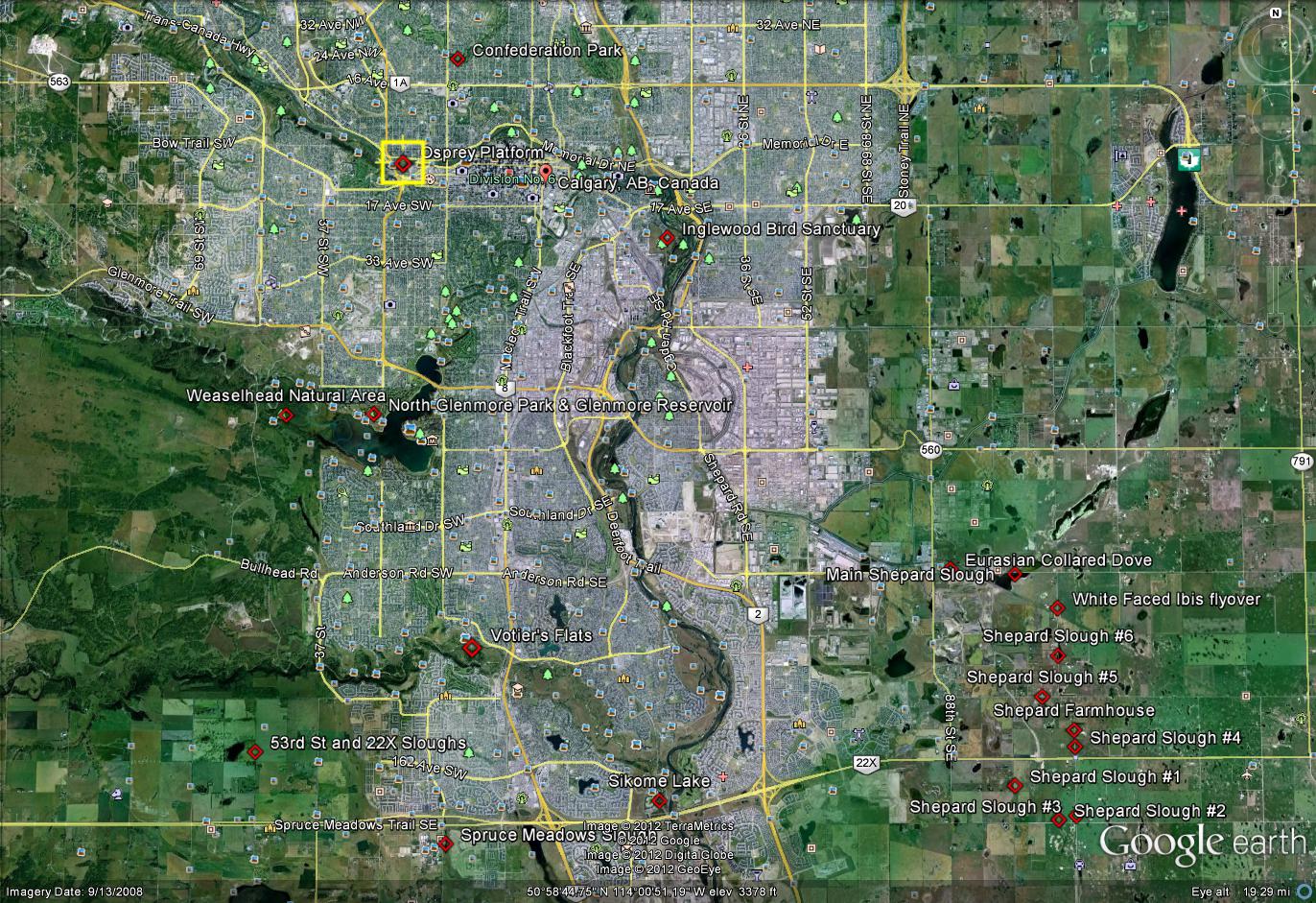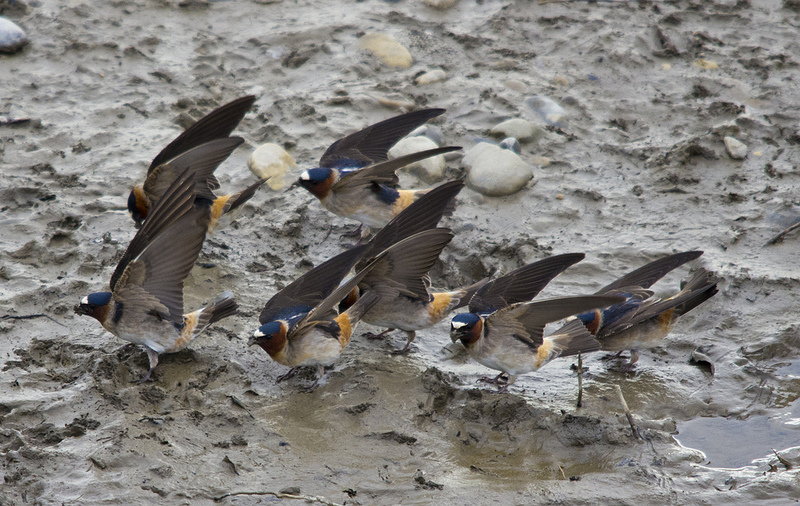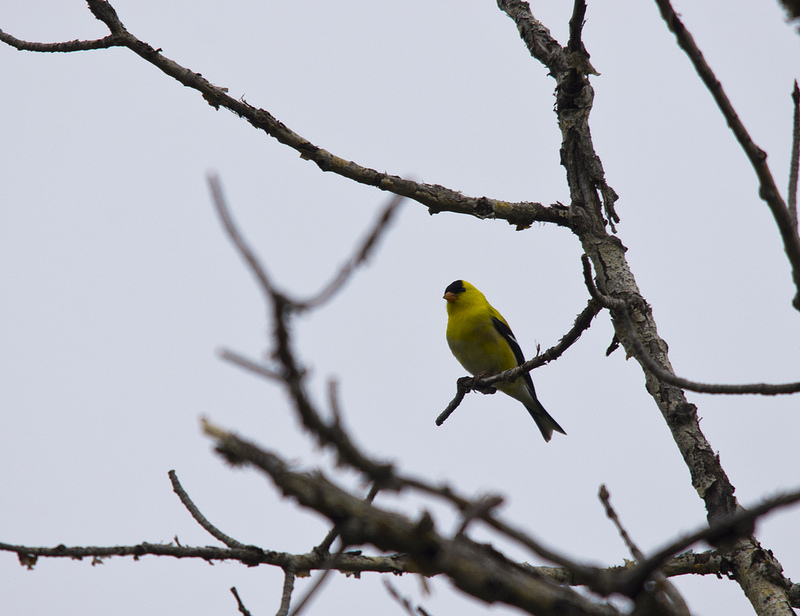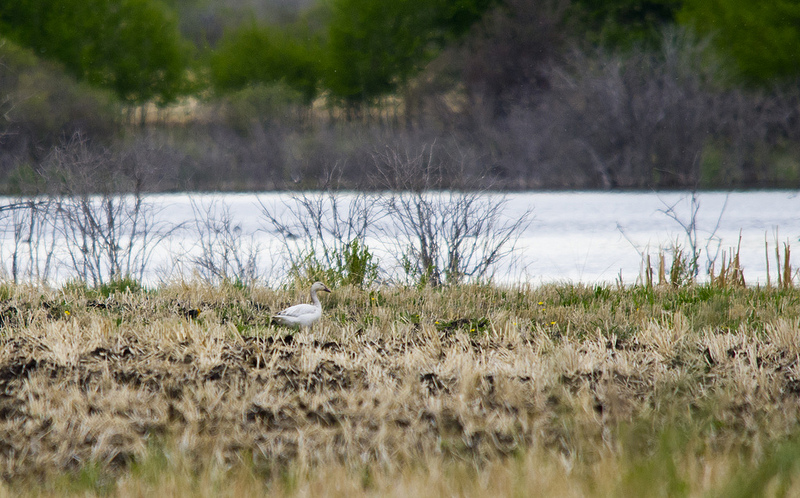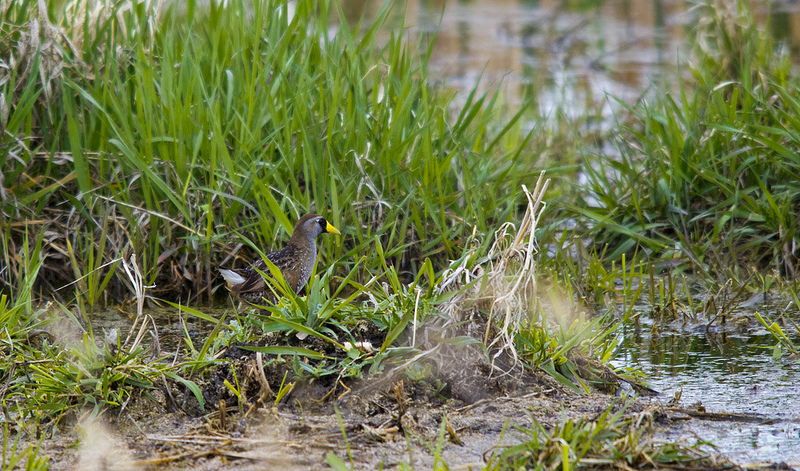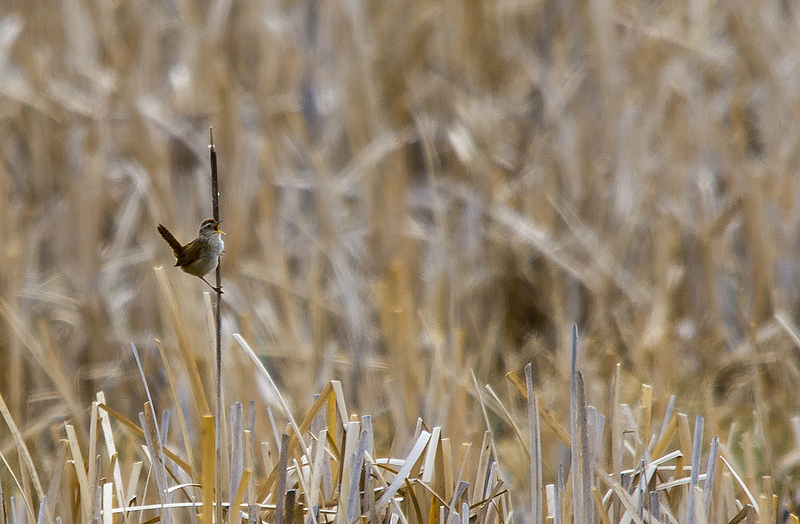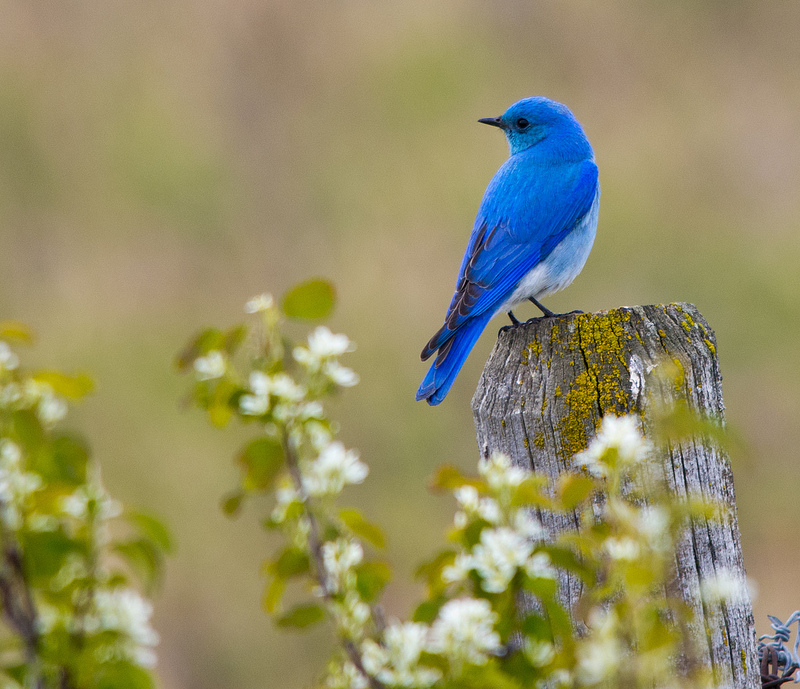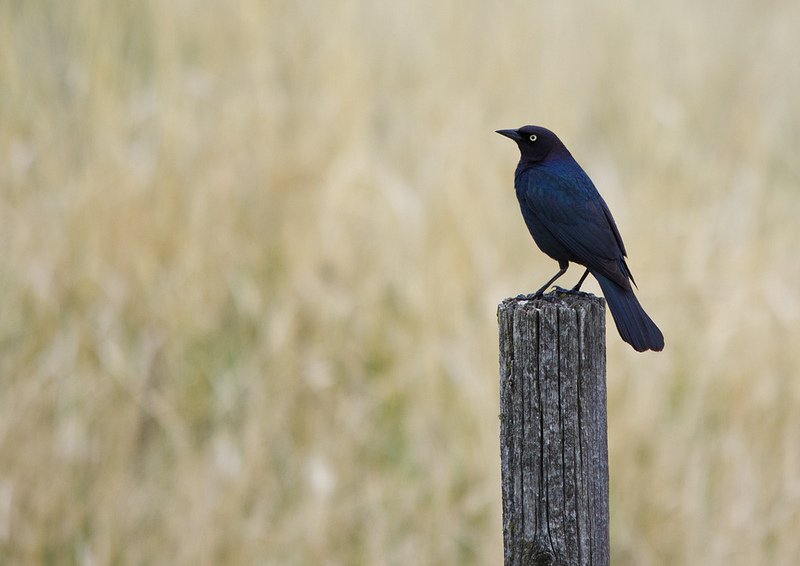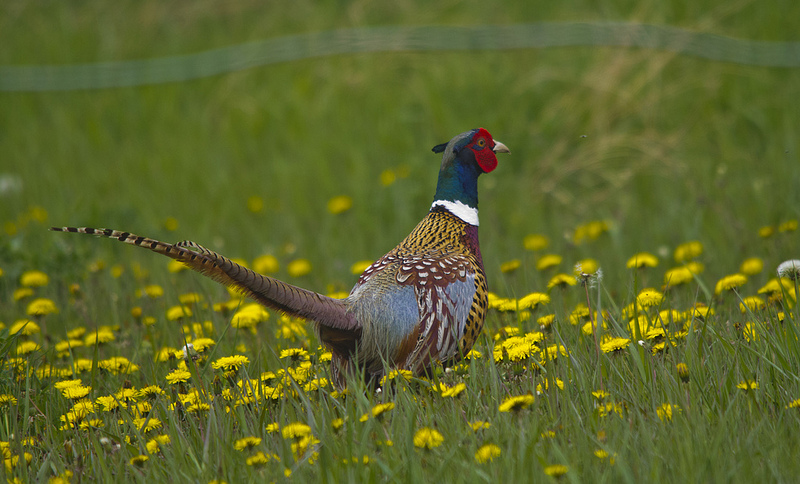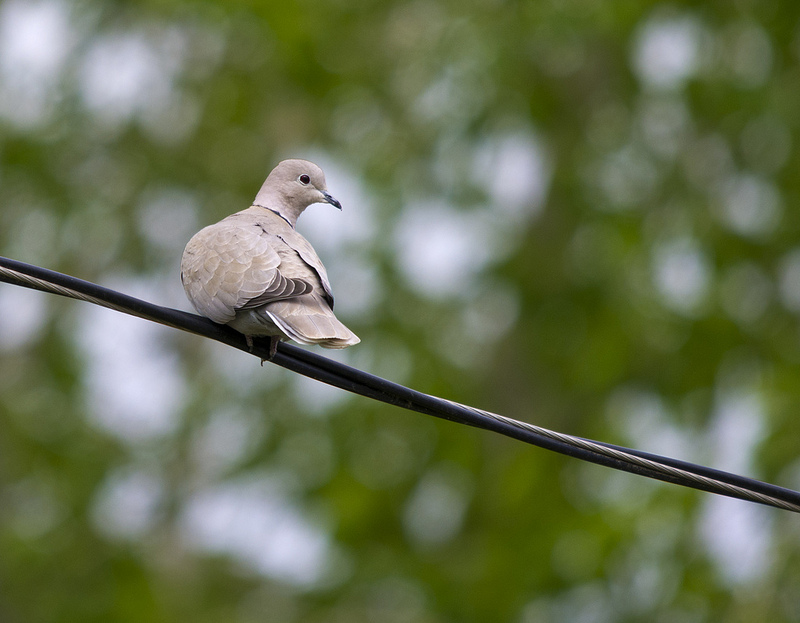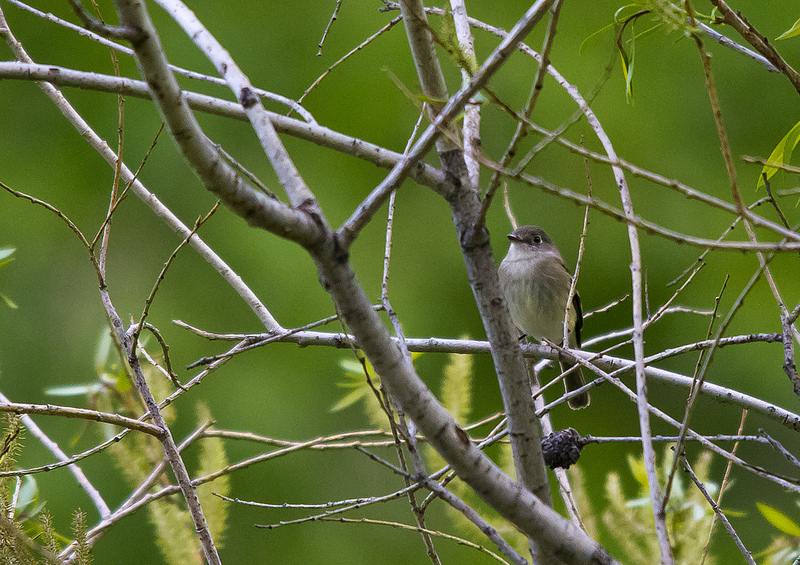Posted by Dan Arndt
I wish today’s headline was in reference to us finding a Snowy Owl, rather than the dreary weather we seem to be afflicted with on our Sunday walks this year, but sadly, that is not to be. We awoke once again to fresh, fluffy snow, moderate winds, and a dreadfully overcast sky.There are very few advantages to this type of lighting, and at the very least, the direct light along with the reflected light from the snow leads to much more even light hitting the subjects… but I digress, this is a birding blog!
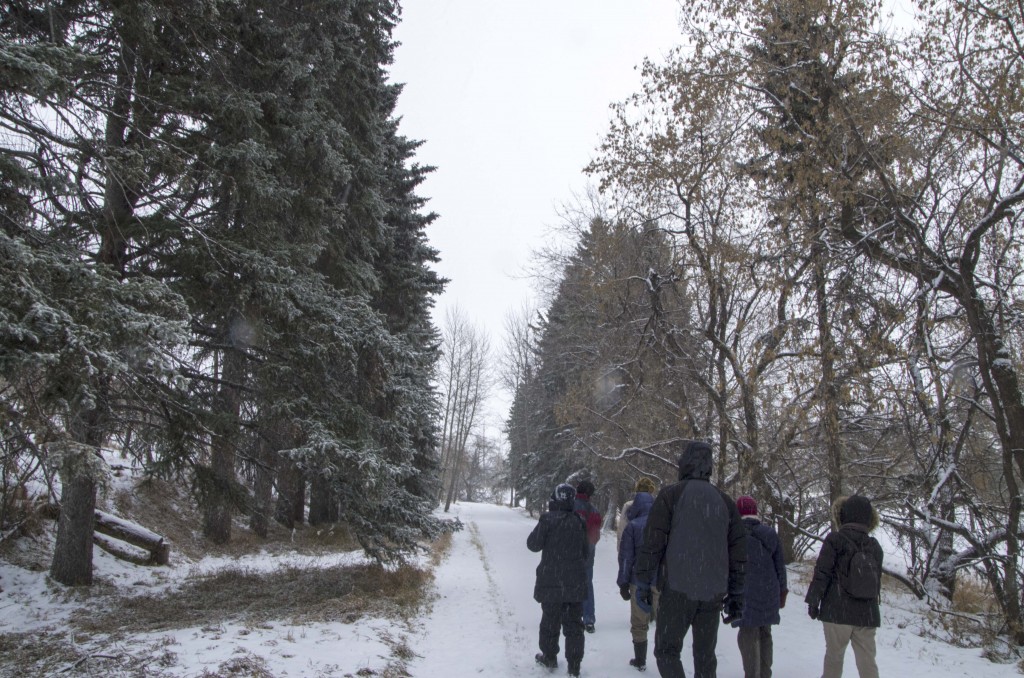
Fish Creek Provincial Park Headquarters – just a taste of Sunday’s weather
Pentax K-30 + Sigma 18-250@18mm
1/80sec., ƒ/16, ISO 800
The route we took today is one I don’t believe I’ve ever taken with this group. Starting at the Fish Creek Provincial Park Headquarters, we headed west to the Bow River into the Burnsmeade area, and walked all the way over to the now defunct footbridge that connects to the neighborhood of McKenzie Lake.
We searched around the headquarters building in each and every spruce tree nearby for the resident Great Horned Owls, but sadly came up empty. With the wind still whipping and snow still falling, it was a challenge just to find the few Downy Woodpeckers and Black-capped Chickadees that we did, but in the end we gave up the effort and headed over to the Bow River.
On the walk over to the river it was clear that winter has really hit home. The flocks of waterfowl were constantly overhead, and throughout the day, with final numbers at nearly ten thousand ducks and geese in the course of the day. One of the reasons they seemed a little flighty was because of this beauty.
A couple surprises were found among the nearby ducks on the river in the form of a pair of male Barrow’s Goldeneye, and a small group of Lesser Scaup, always nice to see this early in the winter.
A few of the birds seen earlier in the week had moved on as the snow came in hard, such as a Western Grebe and a pair of Wilson’s Snipe near the water treatment outfall, but in our search for them there, we spotted this Common Raven with an unusual object in its mouth. I’m still not quite sure what it is that’s being carried in its bill, perhaps some fish bones?
On the river a little further down, some movement in a low bush along the bank caught our attention, which ended up being this lone American Tree Sparrow, who hammed it up for the camera while chomping down on grass seeds still abundant on this section of riverbank.
Interrupting my intimate photo session with this little fellow was an always rare sight within city limits, this Prairie Falcon, who came bombing in not once, but twice high overhead, giving us excellent, albeit brief, views of its diagnostic characteristics in the form of the clean malar (or moustachial) stripe, dark wing/arm pits, and fine barring on the underwing, aside from the overall shape and flight pattern typical of all falcons.
We did have a number of very close fly-bys of many Canada Geese, but none that had quite the impression of this little flock. Doesn’t that bottom right goose look just that much smaller and shorter-necked than the rest of the birds in this flock? Canada Geese, as well as Cackling Geese, have a number of subspecies, and just in this flock it’s possible that there may be three subspecies, though that’s never been my forte. Give me a few years and maybe I’ll pick it up though, once I’ve mastered gulls and warblers!
Speaking of gulls, there was no shortage of Ring-billed Gulls on the river, and while they do tend to stick around well into late November, these may be the last ones we get to see on our walks this year, depending on the weather. While the Ring-billed Gulls were the most common, Herring Gulls gave a good showing as well, and I’m not used to seeing them fly, let alone fly this low to the ground and at just the right angle. I do believe this is my first decent flight shot of a Herring Gull. Odd, for such a common bird in these parts, but that’s why birding is a new adventure every time.
This photo was taken at the far end of our walk, just before we turned to head back. Along this final stretch we discussed a little bit about the damage that the flood had done to the area, and just how high the water level had been during the height of it. At times, our tallest participant, at 6’4″, would have still been at least a foot under water, and there were trees and bushes exhibiting layer upon layer of trapped debris in their upper boughs.
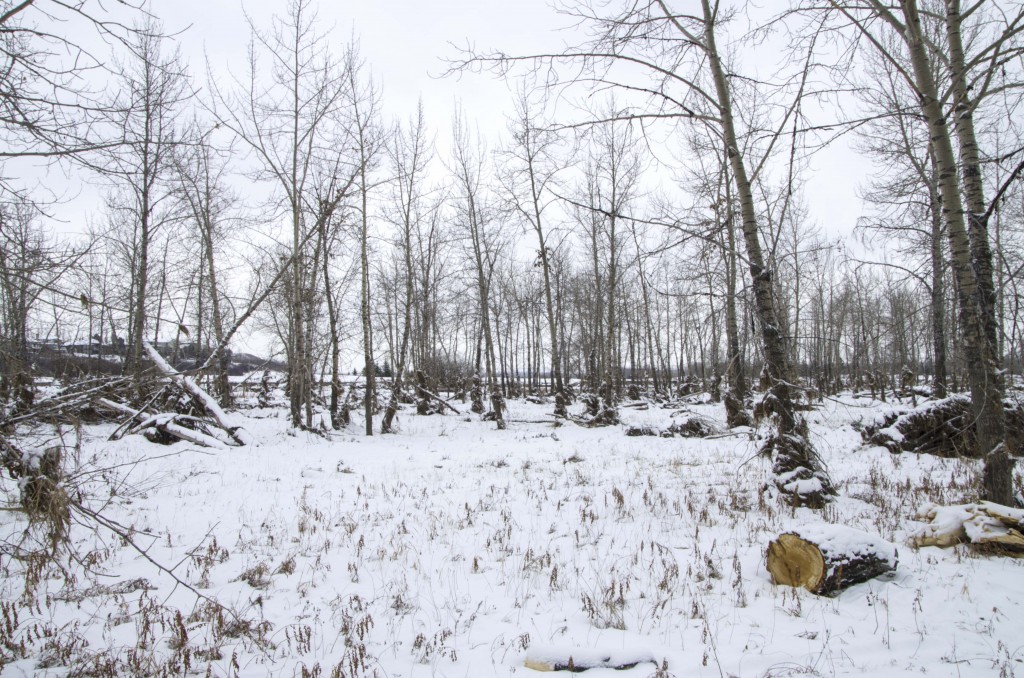
Damage from the flood – note the strings of debris in the branches of nearly every tree in this frame
Pentax K-30 + Sigma 18-250@18mm
1/80sec., ƒ/16, ISO 125
As our morning neared its end, we did manage another two species to add to our list. First, this female Hairy Woodpecker flew in over our heads to peck away at this damaged tree.
Lastly, this very late season Bonaparte’s Gull was readily gleaning insects and other food particles from the surface of the water. Our first pass took us right by him with barely a glance, and it wasn’t until our second pass that most of us really were able to see it up close and person,
And that’s all for this week! Thanks for reading, and good birding!
